“He’s dead, sir! Shot! Murdered!”
by Alan Skeoch, Jan. 29,2014
“Sir! Sir! Someone just shot the President! Someone shot Kennedy in Texas…might be dead!”
A student burst into my portable classroom at Parkdale Collegiate with this horrific news. First year I taught. It may have been Conrad Blonski. That assassination was etched into long term storage of people across the world. Now, more than half a century later I can remember the moment so clearly. November 22, 1963. A warm, sunny, late fall afternoon. Beautiful day.
My portable was about as far from the school as possible positioned on what had been a tennis court. Late fall and the smell of dry leaves perfumed the air. A huge graceful elm tree was tight to the portable door. Kids milling about…happy kids.
Kennedy was shot at 12.30 p.m. Word reached Parkdale about an hour later. Kids coming in from lunch…some ash faced…other as garrulous a parrots. They wanted me to know and expected me to do something I think. I was struck dumb. Should school continue? Was the assassination a prelude to something bigger…like nuclear war? My first thought. I just gathered the kids together and waited for guidance.
Nothing happened. Everyone in the school was still and mute.
So began my career at Parkdale. I did not know then that Parkdale would be my only school for 31 years of my life. John Ricker, our prof at the Faculty of Education knew more than me. “Alan, if you take that job at Parkdale you will never leave. It is a great place to be…I miss it.” He was right. Parkdale was his achool. He had been student there and, after returning from the air force in 1945 he became a teacher at his old school. Flattered me by suggesting I take the job. In 1963 there were more jobs than there were teachers. We were the lucky generation. Post war kids.
I had a serious handicap, however, having been a Humberside C.I. graduate. In other words a bit of snob. Humberside also offered me a job. My old high school. But I wanted to strike out on my own. Marjorie and I had just got married in August 1963 and everything we did was brand new and exciting. Parkdale had a real earthy feeling. A sense of need akin to those American kids my age who were joining the Peace Corps by the thousands. Sounds silly, I know.
Don’t get me wrong. I did not see myself as some kind of evangelist. Parkdale just had a seamy side as its waves of new immigrant were being absorbed into an old Canadian milieu. The demarcation line where new and old Canadians rubbed shoulders set off sparks at times…sometimes fireworks.
I knew the good and the bad of that dynamic from my Humberside C.I. days. We played floor hockey against the Parkdale boys…Mike Kondracki for instance. Cheerleaders encouraged confrontation. School colours drew the line. Garnet, Grey and White against Yellow, Black and Gold. “Fight! Fight! Fight!” was the end of every cheer. The Parkdale gym has an elevated running track where the audience can cheer or jeer. In one of those floor hockey games I got in a bit of scuffle. Push came to shove. Like two bull moose locking horns…rolling round on the floor to the glee or boredom of the crowd. No blows ever landed really but it may have looked like mayhem. I have never been a fighter really so this was unusual.
“OK, you two…yes you! Get out of here. Down to the locker room now. Your both out of the game.”
I looked at Mike. He looked at me. And out we went to the locker room. Alone. Together. That scared me for I imagined getting the tar beaten out of me on some locker room floor with no referee to break us up.
Instead, Mike looked at me and said: “Do you think the girls saw us? Hope so!” And we laughed. I now reslize that those girls did not give a sweet goddamn about us. Saw us as immature males. But that laughter we shared in the Parkdale locker room won me over even then. Mike had his head screwed on correctly. I even had a Parkdale guy arrange our honeymoon hotel when Marjorie and I got married.. So Parkdale seemed destined to be my home for my life as teacher.
A whole bunch of young teachers came to PCI in 1963… the wave preceding the baby boom. Schools were starting to burst at the seams. Many senior teachers were retiring at the same time. Which meant a lot of us were at new the game and would therefore make mistakes.
Take our first night dance as an illustration. Now dances always have been tense as the fires of youth burned brighter with post pubescent glee. There were a bunch of tough kids in PCI that night. Smoking in the hall.
“Hey, you guys. No smoking in the School . Get outside. Are you even
students here?”
“Fuck off!”
“Get out now!”
“We’ll get out but bet you haven’t got the guts to come outside the school….smart ass teacher.”
Stupidly I took up their challenge and found myself alone in the dark with three or four of these guys circling me. The cop we hired was inside the school. Bravado did not cut it. I had no idea who these guys were and they knee that. The age gap was not very great. They were abut 19 or so and I was 23. Peers in a way. What was I to do?
Certainly not take a swing at anyone. Let them hit me and take a dive to the ground … maybe roll over like our dog did when confronted by a bigger force. Total humiliation. Maybe better to get back in the school. Slowly. But they were about to cut off my retreat when a wonderful thing happened. A voice from the dark.
“Having any trouble, Mr. Skeoch?”
There was Ted Spencer emerging from the dark along with a couple more Parkdale boys.
“You guys looking for trouble? You came to the right place!”
And the other boys just melted into the gloom. Ted must have been watching me. He knew I had made a mistake when I walked out the door. Ted and the others were on our senior football team. I was coaching the bantams but had Ted in my Grade 12 course. Parkdale was like that. Team effort. Family. That was one reason I never left Parkdale. No interest in promotions because the comfort level was so good.
Alison Petrie had a similar experience at that dance. Both Alison and my wife Marjorie were supervising the dance floor when some boy asked Alison a question while another boy came up behind her and slowly unzipped her dress. Alison was short and very young at the game.
Scared of course. Same guys that lured me out onto Jameson Avenue. After those experiences we never let strangers into our school dances. I sort of blamed the older senior teachers for allowing us to be dance supervisors. We hadn’t yet gained enough respect. Except from Ted Spencer and his buddies.
My brother, Eric Skeoch, joins us:
Sounds like nepotism when I say that Eric was also hired as a Parkdale teacher. Not so. The teaching supply in the early 1960’s did not exceed the teacher demand. Graduates of the various Faculties of Education could not keep up with the demand. Summer cram courses were put in place and a great many young university students jumped at the chance to get salaried fast. Baby boomers were exploding school populations. Portable classrooms were popping up like mushrooms around high schools. Parkdale which was designed for around 500 to 600 students…even less in the pre war years…suddenly had 1400 students. The same was true all across the country.
Eric could have taken a job at Loon Lake or Malcolm’s Elbow or pretty well any school. He chose Parkdale and I was glad he did. We had always been close friends more than competitors. Played football together through high school and university. Drove our mother mad at times with things we thought were funny. Like the time Russ Vanstone backed his car over Eric’s football helmet when we played for Humberside.
“How was the football game, Alan?”
“Eric got a bit hurt.”
And I rolled the remains of the helmet cross the living room floor. Seemed like a good joke at the time. Turned out not to be. Mom screamed. Eric hustled up the stairs fast. Mom was used to this kind of thing thankfullly.
The point I am trying to make is that our sibling rivalry was never very active, especially once I discovered he could beat me up. And I am the eldest so that should not happen. The discovery was itself amusing.
Cake with real icing was a delicacy at our house. Something to be savoured. Eric always ate the bottom first and held the icing to the last. Like a crow I waited and watched then grabbed the icing and ran to the door which led down the back stairs. These stairs were jerry built and only two feet wide. He could not get me. I had planned the escape. Had done it before for that matter. Not this time. The final time. Eric had set a trap. He had locked the stairway door BEFORE he got to his piece of cake. I ran stuffing the icing in my mouth. But the door did not open. And he was on me like a blow fly on cow pie. “Whump! Whump!” I got several messages that day. Also noticed that mom and dad were in on the trap. Eric was quite pleased with himself. But he did not get the icing. I carry that guilt.
Most of the time we were good friends. Still are.
So we taught together at Parkdale for a few years. And we had a great time doing so. Jointly coached football along with the Killer, Sam Markou. (Called the killer because all the females love him so…lady killer in other words. A term of affection.)
We had adjoining rooms. I had 218. He had 219. On one occasion we decided to do a little promotion game. I forget exactly how it worked…either he got the Gr. 9 kid or I did but here is the gist of it.
“David, you are too smart for this class. Eric and I think you should be in Grade 13.”
Now this boy was gullible. Nice kid. Good natured. With a very high regard for teachers. We figured he could take it.
“So next period you will be taking history with my brother Eric in Room 219. You will be in Grade 13.”
And so it went for a couple of periods. It did not last long. The Grade 13 kids began to object because David actually did his homework and could answer most questions. He was better than the Gr. 13 kids. They wanted him out and back in my class.
“Sorry about that David. But glad you’re back with us.” Everybody enjoyed this trick…even David. Nobody was hurt except maybe the egos of the Grade 13 kids. A lot of people were in on the trick…teachers and students alike. That was the nature of Parkdale. Family. Piece of cake with lots of icing.
Our warnings at the Faculty of Education were different. The implication was that adolescent fantasy could cost a teacher his (or I suppose her) job.
FEAR IN THE CLASSROOM
(or GUILTY UNTIL PROVEN INNOCENT)
(Consider these three questions when reading the three cases, all true, below. 1) Suppose Estella hugged me. What then?
2) Suppose Mrs. P—- screamed rspe. What then?
3) Suppose Larry said I cuffed him. What then?)
“Never get alone in your room with a female student. That can lead to big trouble. It goes without saying that touching students, male or female, is even worse.”
This was a little surprising to me for it wasn’t that msny years since I was a student and had been almost lifted off the ground by my ear for a minor misdemeanor. And the “lifter” was my English teacher who was a female. She touched me and it was me that apologized.
“Sorry! I thought serving a detention in the girls gym, watching them play volleyball, was a good way to spend the time. Won’t do it again. Owww!”
Worse things happened. We had a teacher who was colour blind.
“What colour is this chalk, Terry?”
“White, sir!”
Of course the chalk was green or blue or red. And we got a good laugh out of the situation. Until all hell broke loose. Mr. N—- blew his top and grabbed Terry Sealy by the scruff of the neck and slammed him in between the window radiators. The he proceeded to pummel Terry for the rest of the period. Real heavy blows. Cuff on the back of the head. Then a good one in the gut. I don’t remember any blood being spilled however. No matter. The rest of us were flabbergasted.
And silent. Dead silent.
“You trying to make a fool of me, Sealy! You think it’s funny!”
“Whap! Whap!”
When the bell went we funnelled quietly out of the class. Mr. N—- then shook Sealy’s hand of all things.
“Sorry about that Sealy, but don’t do it again.”
We did nothing. No report. Treated Mr. N—- carefully from that point on. “Yes, sir, that is white chalk.”
One of our profs, which I will keep nameless, even spoke to one large group of teachers confessing he had hauled a Parkdale kid out in the hall and slammed him up against the lockers. Being smashed against lockers sounds really bad but does little damage. Like the Noise of a body hitting a huge metal drum.The kid had told the teacher to Fuck Off.
“I must admit, I did that! Guilty. The locker smash was a message for the other kids. Sounded a lot worse than it really was.”
“But I know better now. Do not ever touch a student. Never Never Never!….Unless he tells you to fuck off.”
Now that was a great joke. Everybody laughed but we all got that message about touching.
I know this seams like a long prelude. Touching worried me. Being alone with a student could be bad news even without touching. In 31 years at Parkdale I only have three such incidents. One was amusing…even cute. And the other two were not funny at all.
1) THE GIRL WITH A CRUSH ON ME (Suppose she gave me a hug?)
Ramona (not her real name) liked me. She was anice little girl in one of my first Grade 9 classes. She liked me too much. Followed me around so much that I began to notice her. So I got scared. At the time we were living at 120 Westminster Avenue in the Parkdale district so I was able to walk to and from school. Ramona lived near our apartment. A couple of times she caught up to me and we walked together. Nice little girl…full of enthusiasm in a quiet sort of way. In other words dangerous. So I began to take different routes home. One trip I can remember so well.
Walking along Queen towards Roncesvales. Cautiously checking if I was being followed. All clear for a while. But not so. Ramona was on the other side of the street. I used the reflection from store windows as any good detective would have done.
“Maybe, if I stop here, Ramona will get ahead of me and I can use a side street. I see her in the reflection. I’ll try and pretend I’m interested in the stuff the store sells.”
At that point I looked at the store display. Women’s under garments…brassieres, night wear, etc.!! I could hardly tarry there
so came up with another idea. I would walk at regular pace and then run and jump on the Roncesvales street car.
“Now, run and jump!”
Ramona did as well so we were both in the car with the crowd.
The weirdest thing then happened. You will not believe me. You will say I am just trying to make the story better. But it is the truth.
Ramona’s mom was standing just inside the door. I met her at parent’s night. Knew her well. Liked her.
“Hello, Mrs. S—–, just getting home?”
“Why, Mr. Skeoch…and Ramona…so nice to see you.”
It was only two stops to our streets. We got off together. Of course the situation did not end then. It just sort of drifted away. But not without one amusing…perhaps shocking…conclusion. Ramona knocked on our door one evening when I was coaching and asked Marjorie if she wanted some pictured of me. She had taken a few at Parkdale and on the street. Marjorie was amused for she knew the situation. And she did not want to hurt Ramona any more than I did.
I am sure every teacher has a story similar to this. The result can be devastating however. Teachers are treated as ‘guilty until proven innocent’. They are sent home on a paid leave of absence while the case is investigated. Guilt is often the hasty conclusion by friends and the public at large when the teacher is really just the victim of youthfull fantasy. In others, there is clear guilt. What is the answer?
Never be alone with a student. Sometimes this is not as easy as it sounds. Ramona, by the way, I have heard, is happily married with three grown up children, perhaps grandchildren. Normal. She was such a nice little girl in Grade 9 and I did not want to hurt her feelings. Students do often like their teachers. Most do for that matter. We try to keep a little social distance. Kids know that. They called me “sir” right from the start. None called me Al until we metas adults.
2) THE STUDENT TEACHER (Suppose she had screamed “Rape!”
My nightmare case occurred about mid-career. My caution with Ramona served me well when dealing with Mrs. P—-, a student teacher sent from the Faculty of Education to get practical teaching experience. She was an older woman. Older than I was at the time. This was unusual in itself. She was tough. In 1945 , Her family had fled through Eastern Europe with other German families terrified that they would fall into the hands of the Russian army. She was a survivor. As I said…tough! I had just read “Documents of the Expulsion” which described in detail the fate of German families left behind as Russian forces swept towards Berlin and the Baltic states so I had some sympathy for her at the beginning of her session with me.
But she was not a teacher in my opinion. Senior boy students clenched their hands in fear when she taught sample lessons. I did not feel she liked young people. So I decided to fail her. It was going to be tense for I sensed she would not take failure well and her life experience had made her very tough. So I decided to inform the principal.
“I am going to fail my student teacher. I do not want her to work with kids. Just thought you should know, Mr. Ellis. She will react violently I think.”
Mr. Ellis looked at me and said, “She has already been here and says you are a big problem. Incompetent in other words.”
So Mrs. P—- knew I might fail her and had beat me to the punch.
“Her report on you will go back to the faculty. Not from me. But from her. She seems a very dangerous woman. Just give her a bare pass and that will get her off your back.”
There are moments in life where a person has to take a stand and this was one of them.
“No, I will fail her. I do not want kids to have her as their teacher…ever.”
Mrs. P— had other schemes. She tried to get me to talk lessons over with her… alone…just the two of us. That was just not going to happen. I had a feeling she would claim I had made a pass at her although such a thought was revolting. Some of my football team were always in the room…I saw to that…without telling them. So Mrs. P— could not scream rape or anything remotely like that.
She got a failing report. I still have that report. She immediately threatened me. “I will kill you!” Imagine that. When I went home that night and told Marjorie we decided to stay in the house. This was no joke.
Some time later, I was told Mrs. P— had laid a charge of rape against the German professor and the charge went all the way to the Ontario cabinet. But that was hearsay. Teachers are so vulnerable when confronted by persons like Mrs. P—. The professor was eventually exonerated according to the story. But for a long while he was considered guilty in the court of public opinion.
A few months later we walked through a flea market and there was Mrs. P—. Large as life selling small antiques. She did not see me.
“Marjorie, we have to get the hell out of here. Now!”
We never saw her again and gradually our caution subsided.
3) THE KID IN THE HALL (Suppose he claimed assault)
The hall was empty…or nearly so. I was late for class. A boy came around the corner. My did he look forlorn. Teachers notice these things. Body language…facial expression…shambling. That kind of thing.
“Things can’t be all that bad, son. Cheer up.”
And I tapped him on the shoulder with an envelope I was carrying.
No reaction. Just a blank, maybe slightly hostile stare. Maybe even a bit of a surprised look since we did not know each other. No time for much more dialogue. I was paid to teach and the class was waiting.
Sounds like a non event. Wish that were so.
Ron Graham, our Vice Principal and a good friend, came to see me right after the class.
“Boy, I saved your ass, Al! Took the whole period to do so.”
“What?” I thought Ron had a joke in mind for his comment made no sense.
“I spent the last 45 minuted cooling Larry down.”
“Who is Larry?”
“Didn’t think you knew him because he certainly did not know you. He burst into my office claiming you hit him in the hall. Wanted to know your name so he could report you to the super-intendant. Perhaps even the police.”
“Get off it Ron. Who is Larry?”
“You may not know him now but you would certainly have known him
if he had laid the charge. Assault.”
“Ron, I don’t know what you’re talking about. Some kind of joke?”
“Nope. Serious, Al. Really serious.”
“Who is Larry?”
“Larry is a new kid here. Troubled kid. Unhappy home life. I guess you would call him a loner. He does not trust teachers or the world in general for that matter.”
“What has that got to do with me? Don’t know the kid.”
“OK. Did you meet a kid in the hall before class?”
“OH, that kid! Yes, met him…seemed depressed. Tried to cheer him up.”
“Did you hit him?”
“Come on, Ron. Do you think I’m stupid? I tapped him good naturedly with an envelope. This envelope. ” (The envelope was an invitation to speak to a University Women’s club about teaching if you can imagine.)
“So you did touch him.”
“Hardly a touch, Ron.”
“Enough for him. He did not know you. Thought you had no right to even speak to him.”
“Get off it, Ron.”
“Any witnesses?”
“No, we were alone in the hall.” Now I was getting worried. Alone in the hall meant it was my word against this student, this person called Larry. That spelled trouble. Teachers walk on egg shells, especially male teachers.
“So what did he say?”
“He said some weird teacher with a brush cut and a blue suit jacket hit him in the hall near Room 225, your room…your haircut…your jacket.
And your hand it seems.”
“So?”
“So, suppose Larry laid a charge with the super-intendant and it got down to the Toronto School Board. First thing that would happen is you would be hauled out of class…told to leave the school and not return until the case was investigated. Many people would believe you are guilty of assault. You even admitted touching Larry with that envelope. Touching and assault can become synonyms. So you would be out of her on your ass. Doesn’t matter that you have taught here for twenty years and have a great reputation.”
“Do you mean I would be considered Guilty until proven innocent.”
“Right. OSSTF would provide a lawyer. The case could take a year or so and all that time you’d beitting at home. People would wonder why. Some would assume you are guilty. Even when the case was rejected, as it would be, you would have that stigma forever.”
“You’re scaring me, Ron.”
“Don’t worry, I got you off.”
“How?”
“I asked Larry to sit down so we could have a chat…to cool him down.”
“And?”
“Larry,” I said, “Mr. Skeoch and I come from different generation. From friendlier times. We try to treat people in a friendly manner. We have different values you might say. Your hat, for instance. In my time, students removed their hats in the presence of teachers. Larry then took off his baseball cap so I knew I was getting through to him. Larry, I continued, I think you are making a mistake. Mr. Skeoch has never hit
a student in my time. And he has never sent a student to me for discipline reasons. Never. I went on and on. Made you sound like a prince of the church. Finally asked Larry if he would consider withdrawing the charge. And he did. Saved your bacon, Al. You owe me big time.”
“Phew!”
“By the way, I have enrolled Larry in your Grade 12 class for next semester,” said Ron with a mischievous grin.
Larry turned out to be a really nice student. He got to like me. Greeted me in the hall often. He became cheerful. Not sure whether he punched me on the shoulder saying “Morning, sir!”. I like to think that happened. I also wondered what could have happened had Larry not withdrawn the charge. I really did owe Ron Graham beer.
I taught at Parkdale Collegiatte Institute for 31years. Never missed a day for sick leave. Loved the job. But these three incidents were never far from my mind which is a sad thing to say.
“CABBAGETOWN, EH?”
FOOTBALL, MARRIAGE AND A VERY BAD ‘PEP’ TALK
Alan Skeoch
Feb. 1,2104
“Careers? Careers are not that important in life,” she said,
“There are higher priorities in life. At the top is finding a life partner… husband or wife…careers, sports, academic success, money, prestige… are not at the top in my opinion. You will spend your life with a wife or husband. Think about it.”
The speaker was the Dean of Women from the University of Guelph and she was speaking to my graduating class at Humberside Collegiate. I thought she made sense. Others thought she was silly. My odyssey in life was to find a nice girl and down the road…way down the road…consider marriage.
You may wonder what on earth this has to do with football. All the forces in my life came together one day on the football field at Victoria University (U of T). It is a long story so hang in there if you can. Our team was good. Very, very good. Even though we had the shortest Quarterback in the League. Gary Lummis could barely see over the ass of Russ Vanstone, our centre. Deadly though. He could thorw a passr with pin point accuracy and when facing certain death Gary could slip away from a tackler like a greased pic. Laughing all the time. And then there was Seeb…Don Seebach…our fullback who was being recruited for the big time but resisted because we had so much fun. Seeb took little steps but moved like a tank through barbed wire. Unstoppable. Super sociable too. Seeb made us all feel important. My role was less visible. Left Guard and Inside Linebacker…no glory…no ball carrying. Just had to punch holes in the defence for the half backs and Seeb to gain yards. Got to love the job.
I took out an old high school chum, Bob Cwirenko, once when we played the SPS engineers. Used a good flying cross body. A suicide block if a knee was raised in defence. “Nice block, Al!”, he said. Bob and I had played high school ball together. There is a bond between team mates.
Football at university broke through social barriers. Ed Jackman was left tackle. His brother became Lt. Gov of Ontario. The Jackman family are very wealthy and great philanthropists. I did not know that. I knew Ed could be depended upon as a team mate though.
“Hey, Eddy, that son of bitch opposite me isn’t charging. He’s hanging back and kneeing me in the mouth every time. Mouth is like hamburger.”
“Wait until Gary calls a play to the right. I’ll get him a good one.”
Eddy gave him a good kick between the legs with his cleated boot. That seemed to solve the problem. Football is a rough game. I have heard it said that the impact of two linemen hitting each other is the same as astronauts experience breaking from earth’s gravity. No experience with a cleated bot between the legs though.
Eddie and I became good friends. The son of a truck tire builder and the son of a big time affluent businessman. And, if you want more weird associations I can stir in a little religion. Ed was a Protestant who became Catholic priest. The guy he kicked with the cleated boot was from St. Mike’s. I have often Wondered if Ed ever said anything in Confession about that. Guess not. Ed would be hearing confession, wouldn’t he? We still see each other on occasion.
By now your are wondering where this is going. When does Parkdale Collegiate enter the picture? Hold your garter belt, we will get there but first I must mention my main point…women. To be precise, one woman. I really did believe, at that time, that women liked football. Gave them chance to see a number of bull moose cavorting about in search of a female. Yes, I now know, that most girls did not give a damn and really saw football as another demonstration of testosterone and male immaturity. So be it. Hang in there a bit longer.
Football players have to practise…must be in top physical shape to take the steady bodily contact. To get in shape we worked out on the Victoria College field every evening even if that meant skipping classes. That was back in the 1960’s when there was a field and when the university encouraged students to play football. Now both are gone…the field and the encouragement. Makes me wonder if there is any joy left in university life.
One day while doing wind Sprints around the field, I noticed a girl leaning out the window of the girls residence. High up. Fourth floor of Margaret Addison Hall.
“Hi up there, are you doing anything tonight,” I hollered, then continued my circling. Next time round she was still there. I remembered her from an initiation dance few days earlier. Liked her. Food dancer and attractive. North Bay girl.
“Nothing in particular, why?’
Next circle.
“Meet you at seven in the coffee shop, OK?”
Next circle.
“OK! Who is paying?”
And so we met and became an item for the rest of our university life. So much fun together. Marjorie got to know all the team. She liked the fellows. It wasn’t until years later that I realized she had no idea what my role on the team really entailed. It is a big misconception by males that females care a hoot about the game.
If truth be known, I did not know all the permutations and combinations about the game. I knew my job…hit people hard with my shoulders or cross body. Tackle with both arms locking below the runners knees. The intricacies of rules and other job classifications were not high on my list.
All I really knew was that team work was one of my great lessons in life.
THE POINT IS COMING…READ ON PARKDALIANS!
In short, playing football did not make me a great coach when I became a teacher and football coach at Parkdale Collegiate. As you will see.
(Note: Big Bill Martin became a great football coach at Parkdale. His life story needs a separate chapter. Suffice it to say Big Bill, “Heavy Willy”, as my brother named him, had been part of our team at Victoria University. Heavy Willy was also a former Parkdale student who, like me, spent almost his entire teaching career at Parkdale. To him it was really home. To me it was a new home. Familiar. Working class.)
Picture taken by Toronto Star Skeoch with Grant Weber. Humberside C.I.
Parkdale was a small high school. Other schools could draw on up to 1500 and even 2000 students to get a football team together. Parkdale Had around 600 when I started. And a lot of Parkdale students were new Canadians. Poor. Kids often needed after school jobs. Language difficulties. So the football pool was small.
Worse still was the Parkdale field. It was a mile away from the school. It took dedicated kids to change into uniforms after school and then walk with their cleats klick-klicking all the way to the CNE grounds for a practice field…a long way there and back. A major disadvantage compared to other high schools. Homework was hit hard…not done often. Yet we fielded three teams in the 1960’s. Good teams. Won a few, lost a few. Not a powerhouse until Big Bill Marten transformed our seniors into top contenders with tough guys like Henry Jaskula and the king of the roughhouse Gary Kuzyk.
The Kuzyks must have been Cossacks in the Ukraine. I could picture him on a horse with a long knife waving in the air and few heads rolling around as he passed through an enemy horde.
Sam Markou and I had the juniors for a few years and we developed a very rough and ready bunch. Sam had the defence. I had the offence. The feeder team. Our team was a contender until our star quarterback John Wolowiec got addled with a serious brain concussion. I don’t think we caused it. Seems to have been present for some time. His mother raised hell when she discovered he was playing football.
“Your take my son! You never tell me!”
Truth be told, John never told us about his concussion nor his mother about being quarterback for Parkdale Juniors.
John was a natural leader of men and boys. Second nature to him. He Knew the plays he wanted to run. He could pass and he could run the ball himself. How was I to know he was injured? When we lost John we were in big trouble that year. So we made up for it in other ways. Not proud of my role. Not proud at all. Ashamed. But also amused.
It is not easy to convert 30 boys with independent ideas into a team with one clear idea. Lots of loose ends. Football is really a kind of controlled warfare…civilized combat. But not always civilized. That was brought jarringly home to me in a game against Riverdale on the High Park field. About halfway through the game the opposing coach called his team bus to the field and began loading his players aboard.
“What’s going on? Why are you loading the team?”
He looked at me with the closest thing to hatred I have ever experienced. Well maybe that’s a bit of an overstatement…others have hated me as well. His answer?
“We only play Christian teams…not hoodlums like your boys. I will not put up with it. We are going home.”
Now I don’t know what the Parkdale boys were doing on the field. Couldn’t hear them. They were rough kids though. And that was apparent when they realized the East Enders were going home.
“Taking your balls and going home, eh?” Lots worse was said.
Took me a while to realize I was not a good coach. This incident was the first. The worst one was the game in the North End of Toronto against Lawrence Park. I still feel sort of bad about that one. It was a rainy day. Lots of mud on the field…puddles of mud. Deep brown puddles. Nice day for guys that did not mind getting dirty. And one of our boys got really dirty. Worse! This error on my part needs a little background. The pep talk! I had given the boys a good earthy pep talk. Got their adrenalin really flowing.
“OK boys gather round. I want to talk to you about the game today.
We are going into new territory. North end. You know what they think of you up there. They think you come from cabbagetown. I want you to show them just how good you cabbagetown kids can play football. Go get them.”
Disaster! It’s a wonder I kept my job after that game. Ground warfare.
The errors of my pep talk became apparent when Ed Couch took down a Lawrence Park half back with a strange kind of tackle. More like throwing a steer at the Calgary stampede. He rode the kid through
the mud to a choice mud puddle close to our bench. Close to me. Ed held the guys head up as they slid. Then when they got into the puddle, he yelled whispered loud enough for me to hear…and the halfback to really hear.
“Cabbagetown, eh?” and then rammed the kid face down in the mud puddle.
After that I had second thoughts about coaching. Too much influenced by Winston Churchill’s speeches that revved up the troops to go an kill in World War Two. “We will fight them on the beaches…” etc. etc. “We will never give up!”
Then there were the night games at Brockton Field…the old Dufferin Racetrack. Night games really brought out the violence. Not the teams though. Safest place to be was on a football team. The most dangerous place was in the grandstand bleachers where inter school hostility always seemed to get out of hand aided by illicit liquor consumption and quasi-hoodlum strangers who liked mayhem. Our last night game is etched deep in my mind for it was truly tragic. Parkdale teachers were assigned policing functions at these games. Not a popular assignment. Akin to trying to cap a volcano. Our team bench was on the other side of the field but I noticed fists and bottles flying in the stands. Saw the cheerleaders shying away from leading cheers. And I noticed Al Goldsmith walking towards us right across the football field.Ignoring the game.
“You’ve got to stop this game. Got to send everyone home. Got to get the police. I can’t control the crowd. There are some drunk guys that i don’t even know. Laughing at me. Starting fights. Someone is going to get badly hurt. Do something. Please do something.”
“What can we do? End the game? We can’t just end the game. We have city schedule to meet. It will be over in another half an hour. Hang in there.”
Al Goldsmith went back the stands. He died of a heart attack the next week. Maybe it would have happened anyway. Not so sure though.
I wrote a story about that game which was published in the OSSTF Forum. Not long afterwards all night games ended. Guilt? Yes!
Where did Marjorie come into the picture? She dove into football with both feet. When the University of Toronto engineering faculty advertised for cheerleaders. She volunteered even if their team opposed us on the field. Our team was amused by Marjorie yelling “Toikety-toikety Hoik…Fight, Fight, Fight” in order to build up the fighting spirit of the engineers, our opposition.
At Parkdale, Marjorie also helped out with the teams. She came to many of our games. She was there in the stands at that infamous night game that killed Al Goldsmith. She got to know our students and got to love Parkdale as much as I did. In my first year of teaching Marjorie invited the whole staff and their better halfs to our apartment for a party. About 160 people. Most came. Must have thught we were weird first year teachers. That shocked the principal Stan Ellis and triggered a tradition of staff parties that continues to this day. For the next 31 years Marjorie and I had our own small Parkdale team of two..eventually four.
It all came together.
But I was not a stellar football coach. Tried to inject too much team spirit. Over the top as they say. I will not apologize too much though. I really loved that comment by Ed Couch. “Cabbagetown, eh!” as he baptized that halfback with mud and water. Not everyone was amused. Little wonder that some people hated me.
Picture taken at University of Toronto, Victoria College football team…Looks sort of half civilized, doesn’t it? What a wonderful team we had! Still friends.
“COME AND SEE THE MAN-EATING CHICKEN”
BIG BILL MARTEN…LARGER THAN LIFE
to be co ntinued…lo
ntinued…lo ts more…
ts more…
alan skeoch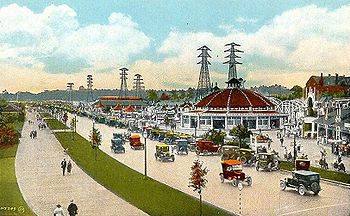
“That damn fool stood up on the Flyer…flipped off…Lucky to have just broken both his legs.”
Mrs. Mazda added a few more curse words. Our new landlady had little to No sense of sympathy. One of her boarders lived in the attic at 18 Sylvan Avenue where we lived in 1949. Young. He had gone to Sunnyside, bought at ticket on the roller coast aptly named the Flyer. Then for whatever reason stood up as it sped around a bend and fell off. The way Mrs. Mazda talked, the boarder should have died. She did not seem to care much. Guess what? It never happened. I have tried to find evidence of an accident. None found. Why wold Mrs. Mazda want to tell this story? Or was the broken leg story hushed up?
Sort of like Roswell (i.e. aliens have landed and their bodies hidden)
This story is not about The Flyer, broken legs, Mrs. Mazda or myself.
This is a story about Big Bill Marten, “Pepper” or “Heavy Willy” …a man who drew nicknames like a cow pie draws flies. Bill was a big man. He had been a big boy. Perhaps close to 300 pounds in later life. Certainly 250 pounds when we played football together at Victoria College, University of Toronto.
What is the connection to The Flyer, you ask? Bill’s family were ‘Carnies’
, Carnival people who owned the slot machine games right at the foot of the entrance to Sunnyside Amusement Park. Right opposite their nickel and dime slots was the Flyer.
Old Parkdale was the bedroom community for the Carnival people. Still see vestiges of this. Sunnyside Amusement Park was built in 1922, named after John Howard’s farm that is now the site of St. Joseph’s Hospital. Howard gave High Part to the City of Toronto so it seemed fitting to name this amusement park after another of his public ventures. Parkdale community and the City of Toronto needed something to distract people loss of 60,000 Canadians had in World War I and thousands more had been crippled by bullets, explosives, disease or chlorine gas. So the land below the ancient cliff face was in filled with dredged mud and topped with black earth. Then in 1922 Sunnyside was constructed.. coloured lights, loud voices of Carnival sideshow boosters…and that Gypsy Fortune Teller in the glass box.
Sunnyside lasted until 1955 but was in sad shape by that time. Arson helped its demise. But the real killer of Sunnyside was the Gardener Expressway which sweeps over the footings of The Flyer, the Red Hot stands and the Marin penny Arcade where the Gypsy beckoned small time spenders like the siren Medusa of Greek Mythological fame. By the 1950’s the Gypsy Fortune Teller was even beginning to look like Medusa…frightening in other words.
I never knew Bill when I was a kid but I certainly knew Sunnyside. Visited it quite a few time on the Roncesvales street car which dumped passengers at the top of the cliff…the old beach, ancient beach…below which sprawled Sunnyside on piles and piles of landfill that had pushed the beach two or three hundred yards into Lake Ontario. There was an iron mongers stairway covered with black corrugated iron. Black from the coal belching steam engines that hugged the base of the cliff face.
To get to Sunnyside, revellers had to cross the tracks by way of this grim tunnel. At the bottom of the last flight of stairs was the daytime home of Big Bill Marten. His parents income depended upon loud hail hawking akin the old Carnie’s cry. “Come and see the man-eating Chicken, only ten cents!” Behind the tent flap was a man busily eating a piece of chicken. True story but not the Marten story. The Marten pavilion featured a life size image of an ancient woman encased in glass. The fortune teller! This frightening woman had a bandana on her head and a gypsy-like costume. I am not sure just how it worked but somehow she could tell whether your future was bleak or rosy.
“She was made of wax, Alan. Wax. Do you know what happens to wax when exposed to hot sun in a glass case. It melts. So every year we had to remake her face. She got uglier and uglier but lasted until the day in 1956 when all of Sunnyside was bulldozed into oblivion.”
“What did she look like?”
“Worse and worse every year!”
I dimly remember the Gypsy at the foot of those stairs. Yellow skin…rather wax although I did not know that the time…blotchy, diseased…scary.
That would be in the late 1940’s when Dad took us to Sunnyside to see a baseball game called The King and His Court where 4 or 5 reals hotshot baseball players took on a whole local team. We did not stop at the Fortune Teller Lady so I never really met Big Bill Marten as boy.
His friends called him “Pepper”, maybe in deference to the Carnie in him. To trick people into spending money on losing games required more than a little flim flam salesmanship.
Big Bill Marten…teacher, football coach and ‘Carney’
by Alan Skeoch
Parkdale has had more than its fair share of eccentric teachers and students. Top of the list has to be Big Bill Martin, affectionately known as “Pepper” by his Parkdale peers when he was a student at PCI…and also by “Heavy Willy” by some of his fellow teachers when he was a teacher at PCI. Both are terms of endearment even if one sounds rather insulting. Males often speak in reversals. i.e. call a fat person “slim” or a skinny person “fatso”. Weird, I know, but remember males are weird.
So let me start this note with Big Bill. He was a larger than life character for sure. I first met him on the football field at the University of Toronto where we played for Victoria and won the Mulock Cup every year as our team was a power house. (Allow a little bragging, please)
Bill was a big boy…perhaps close to 280 pounds. Red Lipsett was the same. My fondest memory of those two is when we played an exhibition rugger game in sweat pants on the UC campus. Bill and Red had large sweat pants.
“I’ll bet you both could get into one pair of those pants?” someone said.
“Let’s do it, Red’”
“OK, you put one leg in here,” and Bill slid his leg down Red’s pants.
“No more room.”
“Let’s see if we can play using three legs.”
“Get the scrum, ready.”
And so Big Bill and Red played on three legs in that scrum. For those of you who know little about rugby, the scrum is where half of both teams sort of pile up with the ball thrown in the centre. It is one holy hell of a scrabble to get that ball out to the running halfbacks. Legs, arms, shoulders, heads and bums all tumbling together. Red and Big Bill won the scrum, I think. Why? Because we were all laughing so much we could not scratch and scrabble.
Strange how tiny incidents slip into long storage in our brains. And even stranger how our lives move in intersecting circles. At university, I never expected that Big Bill Marten and I would share the next three decades of our lives at Parkdale Collegiate. We were both part of a huge wave of young teachers that flooded into high schools across Canada in the 1960’s.
Bill preceded me by one year and it was a little startling to find we had adjacent school rooms at PCI. This was the beginning of some great times together. Fun times for four decades. How many people can say that about their lives?
Take skiing for instance. Bill organized staff ski trips to Olean, New York for three winter week-end escapes. Unforgettable. No doubt Bill got a free hotel room for bringing forty or fifty people to Olean. Part of the nature of the beast.
“Did you hear what happened to Bill?”, said Dave McNaught barely containing his laughter.
“No, what has he done now?”
“He went off the ski trail…thought he’d found a short cut.”
“Sounds like Bill.”
“Powder snow. Covered up some rocks. Bill hit the rocks and his boots came to a dead stop but Bill kept going.”
“Get off it.”
“He did. He tore the tops right off his ski boots. His skis and boot bottoms stayed put while Bill proceeded bare foot with boot tops through the powder. Imagine the force involved.”
Of course no story about Big Bill ever really comes to a conclusion. Bill comes from a family of “carnies” (also spelled carneys)…flim flam people…artful dodgers…a la used car salesmen. In other words they would never let a sucker off the hook.
Below is just speculation mind you. But I can see him visiting…
“These ski boots were defective.” Bill Marten speaking to ski shop owner somewhere.
“Beg your pardon, sir.”
“These boots could have killed me…could have sued you for it. Take a look at them. The whole sole separated from the boot…while I was skiing. What kind of merchandise are you selling.
“Dreadfully sorry, sir, let me get the manager.” etc. etc. etc.
“Sir, will you be satisfied with a new pair of boots. Free. We will send
these boots of yours back to the manufacturer.”
“I’ll take the new boots. Thanks.
“And the old boots, sir.”
“I want to keep them as souvenirs,if you don’t mind”
Really Bill did not want the store to test the boots…to see the big scar where the boots hit the rocks. Lest they discover he was skiing off course and was just as much at fault as the boots.
Of course this is all speculation.
And it leads me into the family life of Pepper Marten. His parents owned the Sunnyside Arcade. What is that? Toronto Snobs called Sunnyside Amusement Park the “Poor Man’s Riviera”. It was located at the foot of Roncesvales Avenue on a strip of land between the lake and the ancient beach. All kinds of rides including a huge roller coaster called the Flyer and a Merry Go Round that was so grand it was later moved to Disneyland in Florida. Built in 1922 and demolished in 1956 to make room for the Gardiner Expressway. Home to a lot of ‘carney’ families like the Martens and the Blonskis. Sunnyside was an extension of the Parkdale community and a great number of the Sunnyside Carnival people lived in Parkdale, kids attended PCI.
The Marten penny arcade had one amusing feature…the Gypsy Fortune Teller.
I dimly remember seeing her 60 or so years ago. She was encased in glass, life size, right at the entrance to old Sunnyside. Let me put more words in Big Bill’s mouth.
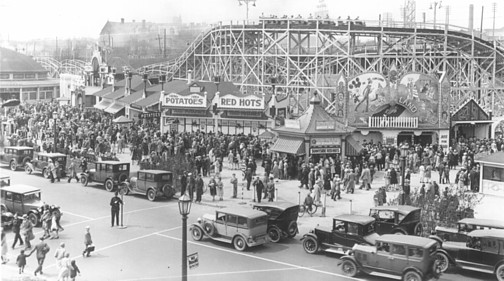
The Marten Penny Arcade was near the Flyer pictured above…probably just to the right of thispicture which was taken in the mid 1920’s. Sunnyside did not look so neat and prosperous by the 1950’s when the bulldozers made way for the Gardiner Expressway.
“She had to look good. That Gypsy Fortune Teller was our fish lure. Lured people into the arcade where we could nickel and dime them to death.”
“What did she look like?”
“When we first got her, she looked really good…but deteriorated with time…”
“Deteriorated! I Thought she was in a glass case.”
“Right. Do you know what happens to a person in glass case after months of summer sunshine.”
“Hot no doubt.”
“Alan, she is not a real person. How dumb of you to even think so.
She was made of wax. Wax melts in the sun. Her face got more and more blotchy each year. My job was to touch her up every springtime…you know to push her cheeks up to where they should be…to add a little wax to her hooked nose…to give her a new smile and new lipstick, rouge, paint and powder.”
“Did it work?”
“Not really, She got more and more frightening with each Sunnyside season. I think that drew more people than when she was pretty. I sort of enjoyed using my imagination on her face. She could have been the lead in a horror film.”
“What happened to her?”
“When Sunnyside was burned and demolished in 1956 she went to her grave somewhere. Then again, Maybe she is still sitting in a garage in a Parkdale back alley.”
Again that dialogue is speculation with a kernel of truth for I remember Big Bill describing the Gypsy Fortune Teller and her annual facelift.
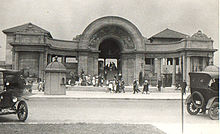
fragments of Old Sunnyside remain, such as the Bathing Pavilion and the Palais Royale but the earthy parts, the meat and potatoes parts are gone. The Gypsy Fortune Teller no longer exists except in my mind unless someone has her stashed in a Parkdale Garage. Old Sunnyside was Parkdale territory.
So Bill and I have shared a large slice of Parkdale Collegiate History. There are other slices. Our slice runs from 1960 to 1999. Since the school is now 125 years old, Bill and I have shared over one third of the the schools existence. And for Bill it was much more. His Parkdale experience was nearly half a century.
He loved the school. As do any of you taking the time to read this reflection. At heart of Big Bill’s affection for Parkdale was football.
“Oh, no, not football. I can’t take it anymore!” I heard you say that.
“Just male egotism! More to a school than football…much more. And football is dean now anyway. No more football teams. Never to return, thank God!”
Those of you sharing this viewpoint are quite right. Parkdale has a great tradition of academic success…musical achievement that rivalled any school in Toronto…other sports…great teachers…amusing students. All this is true.
But I am trying to capture one slice of the school that was once very important to most Parkdalians…male and female. And it was football.
We had three teams…bantam, junior and senior. Big Bill ran the senior team. Trained them as if they were a police Swat team. Every player’s role was scrutinized and improved. The whole student body was considered a herd from which the best bulls could be selected. Every fall at Parkdale our teams slugged it out in practice using equipment that was sometimes so aged that the shoes cracked in half…or the helmets smelled of the sweat of previous generations of Parkdalians.
In the 1960’s and 1970’s there were a lot of top football teams in Toronto. Parkdale had a tough time breaking into the stellar ranks of these teams. We were never a huge school. Our herd of bulls was limited. Some had other jobs. Some came from a soccer sub culture.
Some were very hard to restrain.
But Bill triumphed in the end. He built and ruled one of the finest teams Parkdale has ever produced. I think that can be expressed best in picture form. (see below…must find the picture)
Let me conclude this story with another “carney” story that links to Big Bill and Parkdale. That is the story of Conrad Blonski. There are people in this world who can never be forgotten, not because they achieved great things or that they were leaders of the nation. But because they are (and were) persons who underscored our basic humanity. Conrad was one of these people.
And Conrad was Bill Marten’s team manager. Earlier he had been my junior team manager. He loved the school…I mean with a deeper love than any person I have ever met. I first met Conrad in the early 1960’s as a Grade Nine student. He was so excited to be part of a high school that his effervescence knew no bounds. At school early each morning and last to leave at night. Not because of the courses but because of the people. He loved his teachers. And he had nothing much to go home to were the truth known. If he could, I felt he would sleep at Parkdale. Conrad never left Parkdale. He came back at odd times throughout my whole teaching career. Big time success
eluded him. And this made me very sad. Not every child climbs that ladder. His success, however, is in my mind. Etched there. An Unforgettable person.
I got to know him. Single parent family. His mother came to parent’s nights because Conrad talked endlessly about his school. it took me some time to figure Conrad and his mother out. It was Big Bill Marten that clued me in. He seemed to know a side of Conrad that I failed to see.
“They’re carneys, Alan. Carneys like us.”
Conrad’s mom owned a pop gun sideshow. That was how she made a living. I would say it was close to the poverty line or perhaps below it.
“Sir, we are doing the Acton Fair this week-end just in case you drop by.”
So we did. And there was Conrad holding a pop gun which fired tiny corks. The booth was about ten feet wide with a front ledge and a series of shelves on the back filled with cigarette packs spaced at intervals.
“Take a couple of shots, sir, free.”
Firing a cork backwards is not exactly air dynamic. The corks wobbled through the air and if by chance a cork knocked a pack from the shelf then that was the prize. Good game for smokers maybe.
“Where do you sleep when you’re on the road like this Conrad?”
“Right here.”
“Big trailer parked somewhere?”
“Nope, we sleep right here on the ground inside the booth. Nothing special. Saves money.”
“I guess you are a smoker, Conrad,” I observed
“No, sir, never smoke. Very unhealthy.”
Years later, after Conrad had graduated, he dropped into the school and I took him out for lunch. On me. Things were not going well for him. His mom had died and he was out of work living in a rented room nearby. We talked a bit and reminisced and then he was gone.
Then a couple of years later he re-appeared and gave me twenty dollars.
“What’s this for Conrad?”
“I owe you, sir,” he still called me sir, “And I won $60 at bingo the other day.” Hard for me not to cry. I tried not to take the money but to turn him down would be a mighty insult. I never saw Conrad again.
That incident tells so much about Parkdale…so much about our students, some of their lives, and the deep and lasting influence teachers have on young people. It is worth savouring.
Conrad was the manager of Big Bill’s senior team. He got the team lists ready, carried the water pail, shadowed Big Bill. He knew every player by name and boosted their egos whenever he could. I wondered if anyone ever boosted Conrad’s. Big Bill probably did for he treated Conrad as an integral part of the team without pandering to him. Carneys. Carneys knew each other without any soft soap.
And Bill was not big on soft soap. I know that from personal experience which you might find amusing. We had a Parkdale Curling team that played at the High Park Curling Club. I’m still there but Bill is not. His memory remains however. Bill could express himself physically when losing. Especially when he missed a shot or those of us on the team missed a shot.
On more than one occasion, he broke his broom by smashing it on the ice followed by a string of choice words common to Carney people. Words like “darn it all anyway” (just kidding, the words had a lot more punch than that…like #$%$%^%!)
Phil Sharp was on our team. Parkdale teacher hired from the wilds of Kapuskasing. Sharpie was a good curler. Except for…
“Sharp, hit the #$#@ broom. You missed it by a foot the last time. Hit it, now!” Big Bill yelled this from the other end of the curling rink so everyone heard. Sharpie was not amused.
“I’m not going to hit the broom. I’m going hit that son of a bitch Marten with this rock.”
So Sharpie wound up and threw a rock that could have gone into earth orbit. It flew down the ice heading straight for Big Bill. Lethal.
“Great shot, Phil, perfect…you hit the broom dead on and knocked their rocks all to hell. Beautiful shot, Phil.:
I can still see Phil Sharp’s face as he turned and looked at me with that great twinkle in his eyes.
“Guess I missed him, Al.”
When Big Bill … Pepper … Marten died a couple of years ago, Sally Jo,
gathered every picture she could find of him and lathered the funeral home with them. When I dropped in it was like old home week. The room was filled with grown men and women, former Parkdalians, who had been helped or coached by Big Bill. Some that had be yelled at. Some that knew the nature of Parkdale when it was the home of a lot of carneys. I did not see Conrad there sadly. He would have loved to relive that Parkdale life we all led when football was king.
Carneys have an element of fraud, larceny, distortion of the truth that makes them amusing providing they do not trick you too much.
I met a Carney whose name I have forgotten. He ran the Man-Eating-Chicken sideshow on the CNE grounds (another Parkdale venue).
“Come and see the Man Eating Chicken! Only 25 cents! Come now while you can. You won’t believe it! The Man Eating Chicken is just behind this tent flap. Only 25 cents.”
I have heard there is a sucker born every minute in Toronto. Probably true because the Man Eating Chicken survived for a while. Those that payed the fee, pushed aside the tent flap and saw a man sitting on a stool eating a chicken. No false advertising. There really was a Man Eating Chicken. That could never happen today. I fear we have lost our sense of humour and call fraud when we should be laughing at ourselves.
Sharpie handled Big Bill correctly. With gusto! And then he could laugh at himself and with Bill when we had coffee or a beer after the curling match that day. I never told Bill about the Man Eating Chicken scam. I was afraid he would use on one of our Parkdale Variety nights. Mistake on my part.
alan skeoch
Feb. 7, 2014
BOOKS…SCHOOL BOOKS
Anecdotes about schools rarely if ever talk about thngs like curriculum or textbooks. Too bad, for no school exists without these. The bones of the system. So let’s look at books.
Parkdale history teachers have had a powerful influence on all of Canada. There must be something in the Parkdale air…or the Parkdale students that triggers things.
Take John Ricker, for instance. He had been a Parkdale student just as the war started and decided, along with many othere PCI boys and girls, to join the Canadian armed forces. He became a tail gunner in a Lancaster bomber. Trapped in that
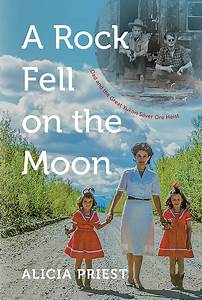

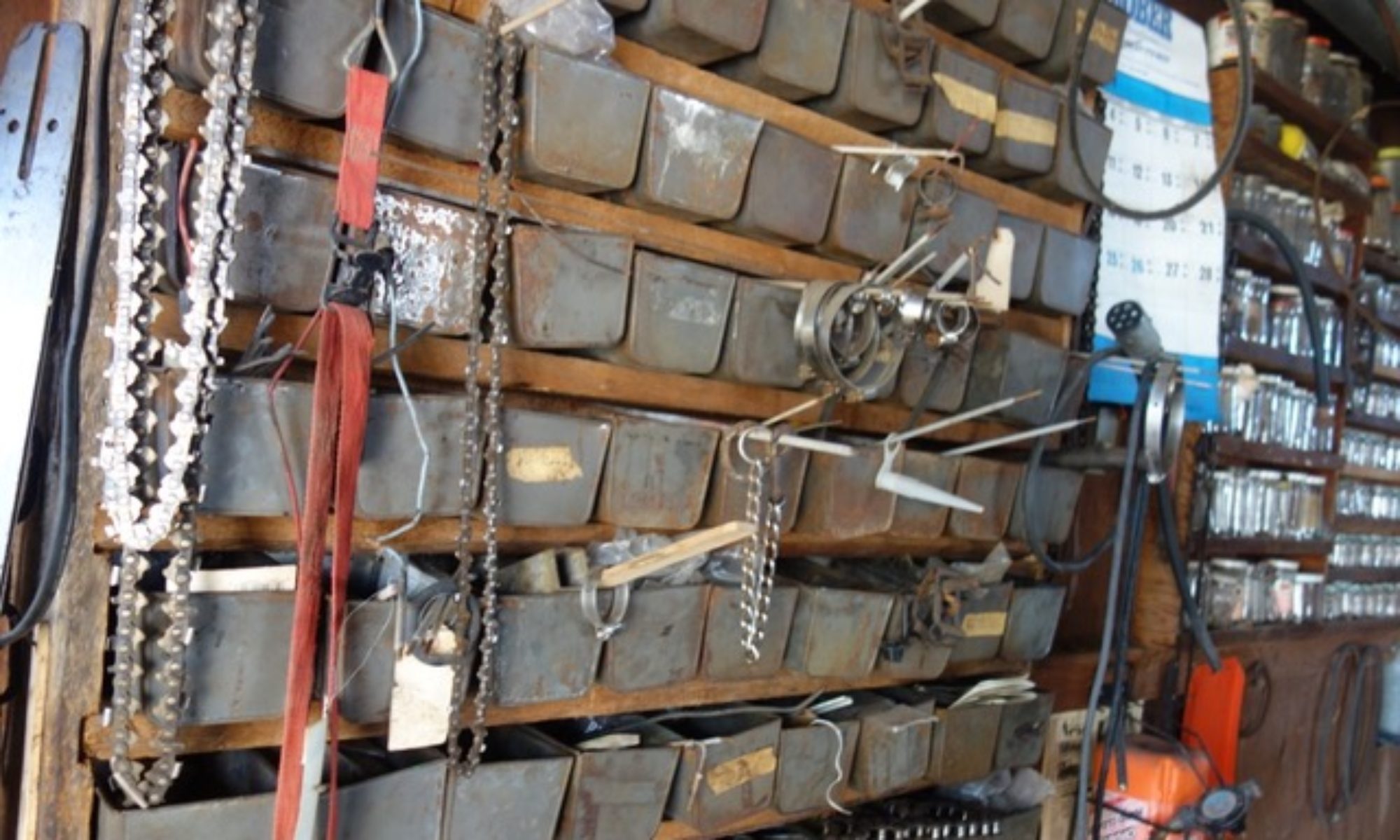

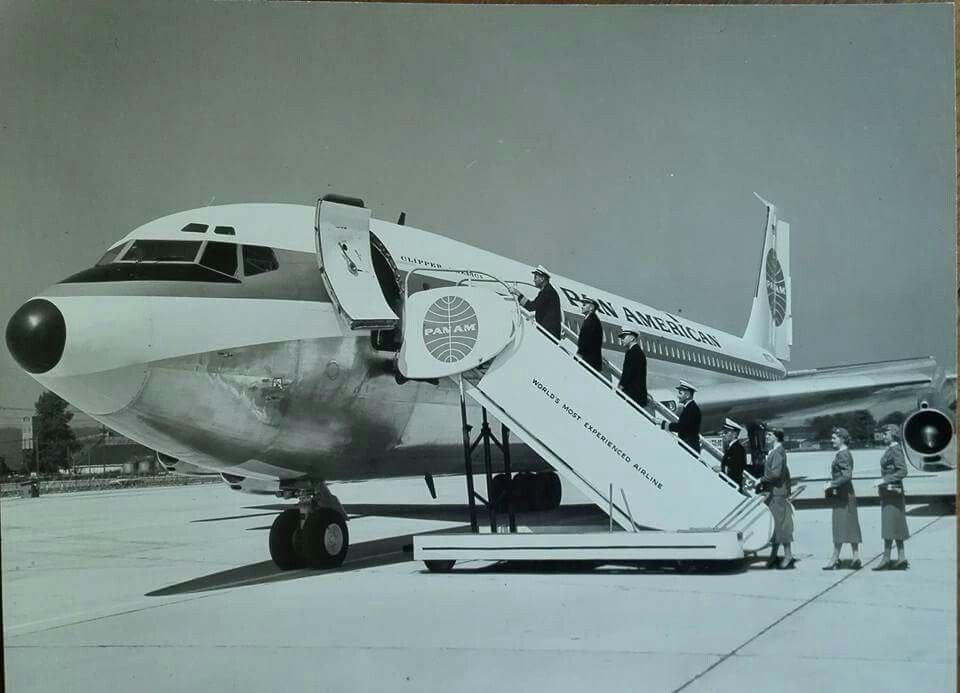
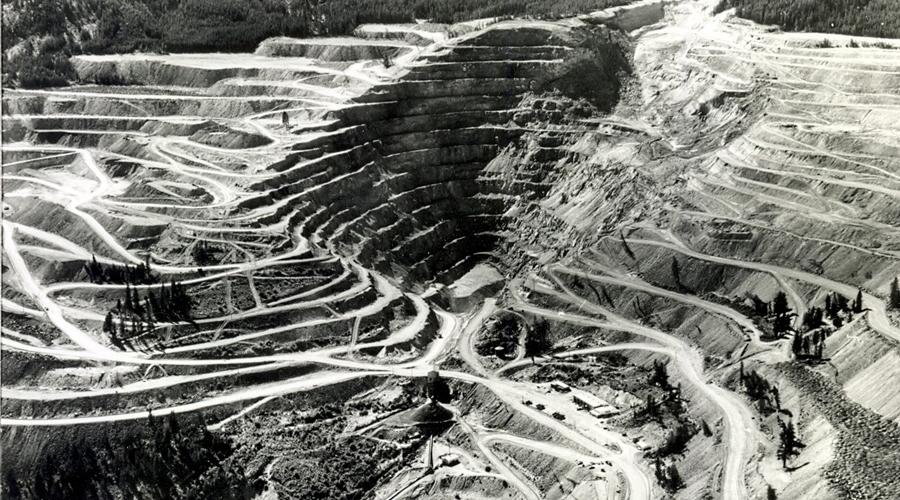


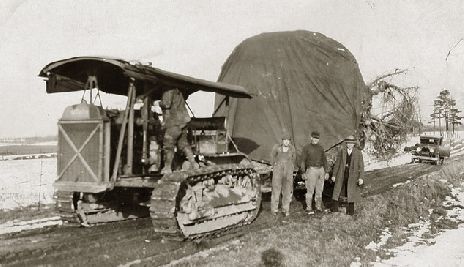
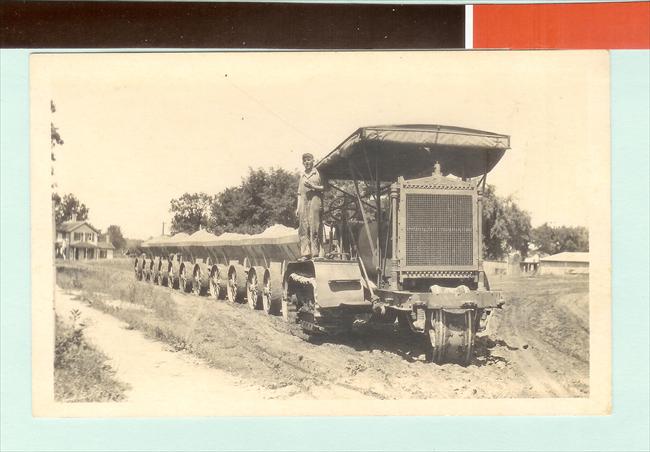
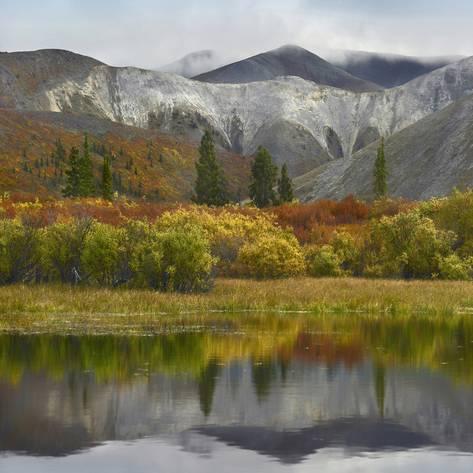
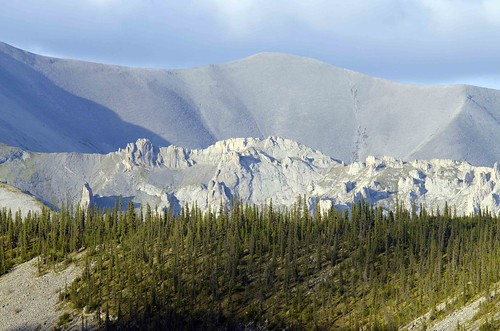
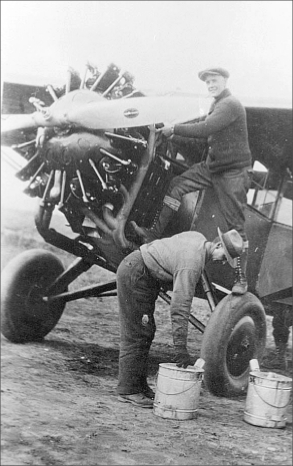
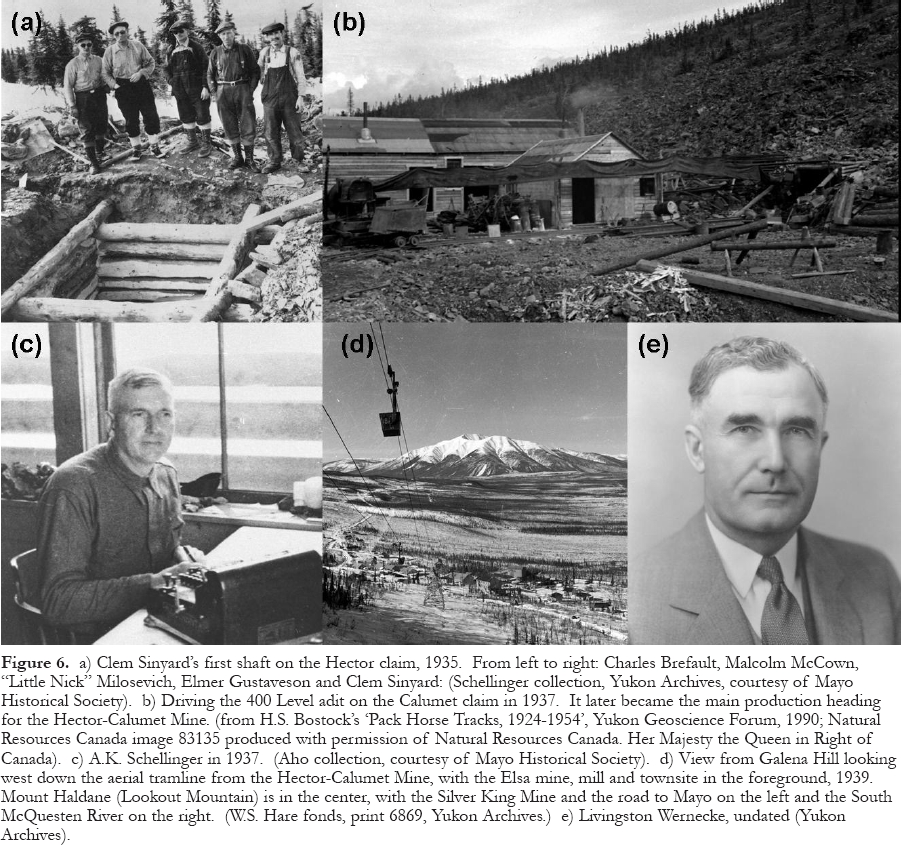




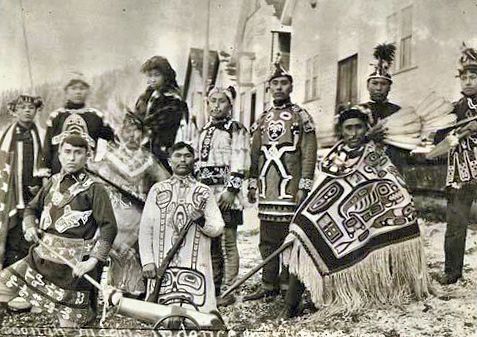
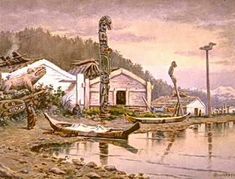
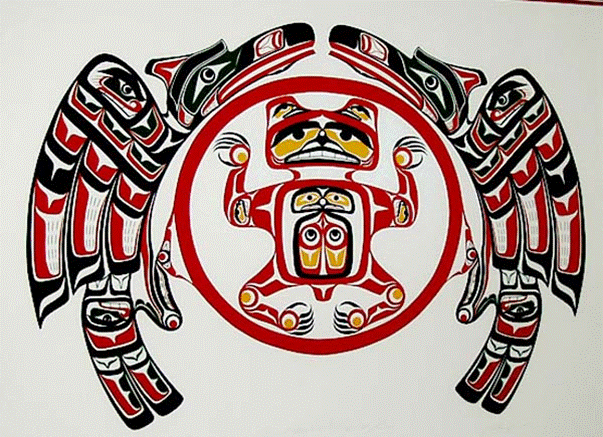
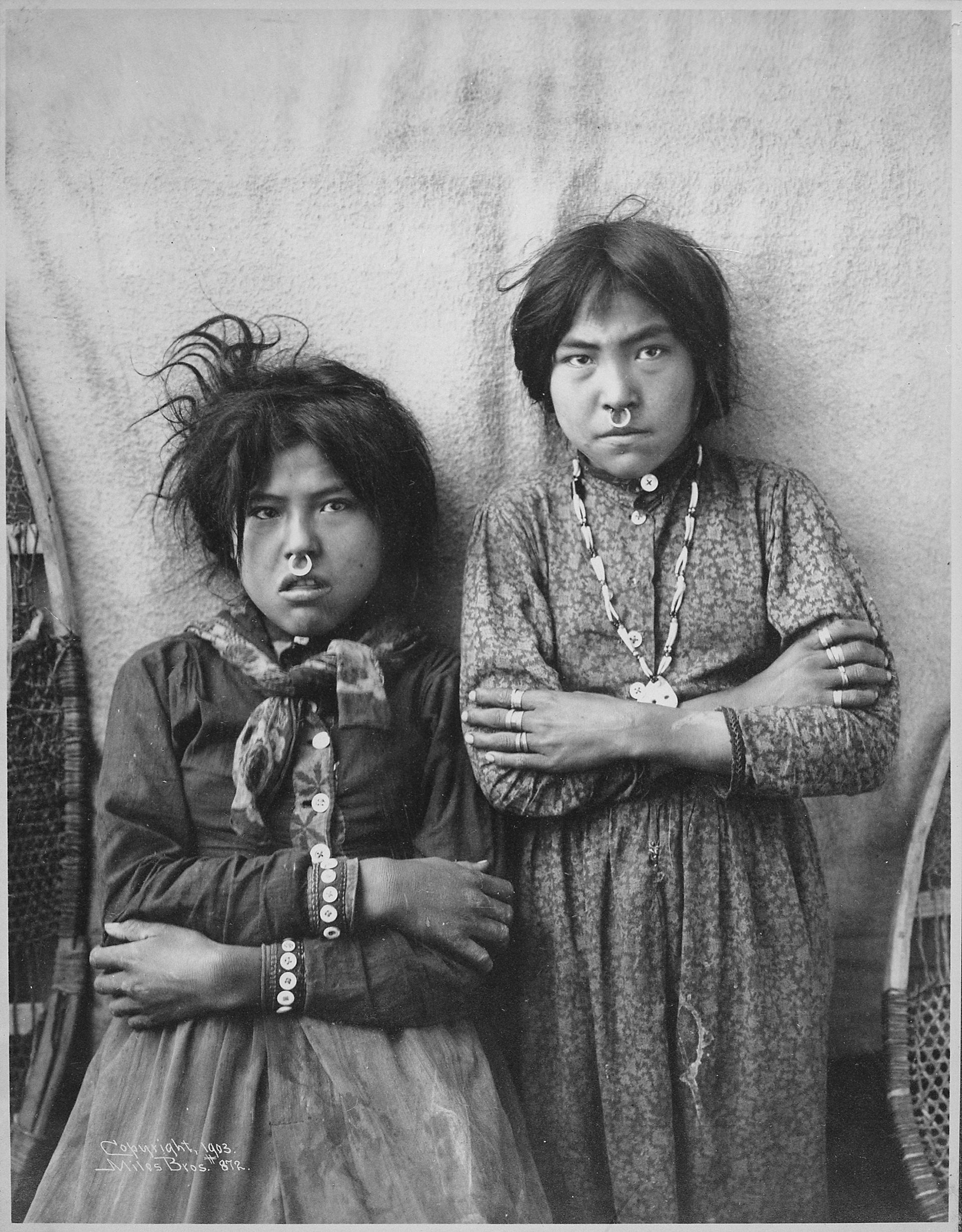
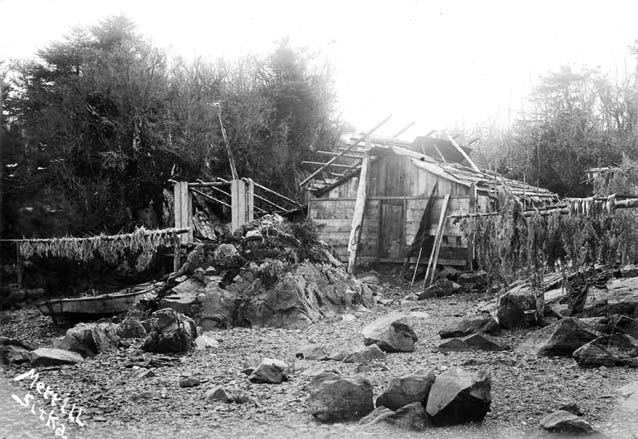
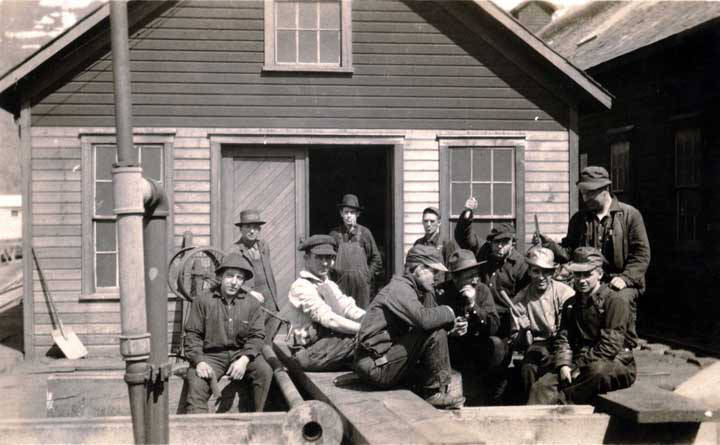
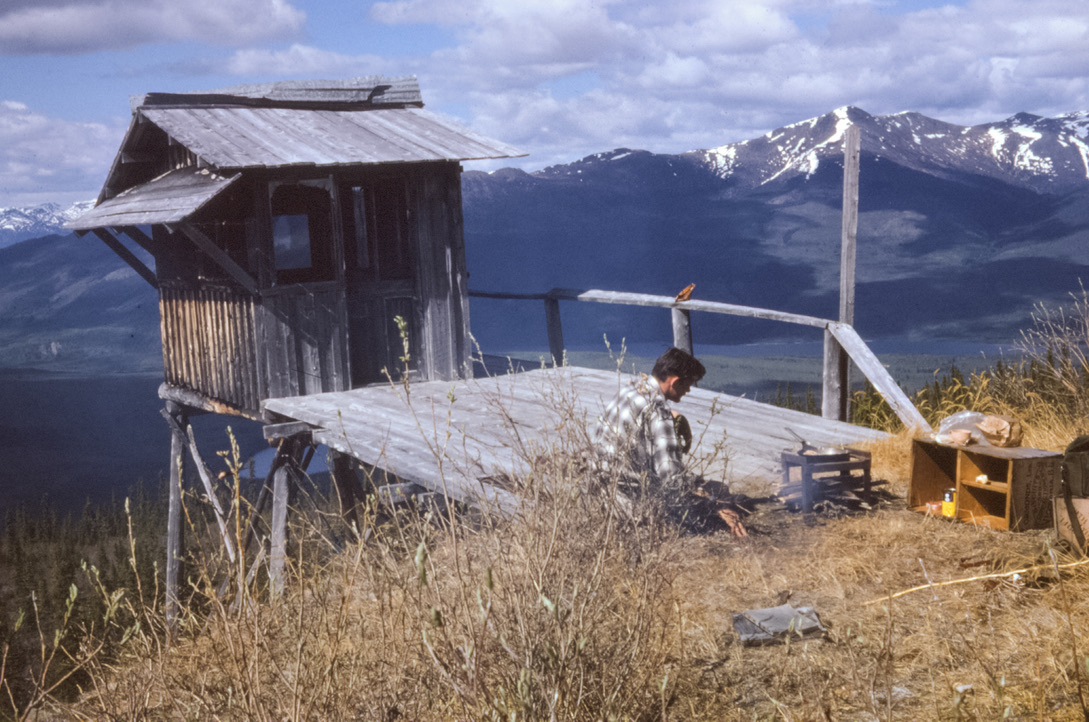


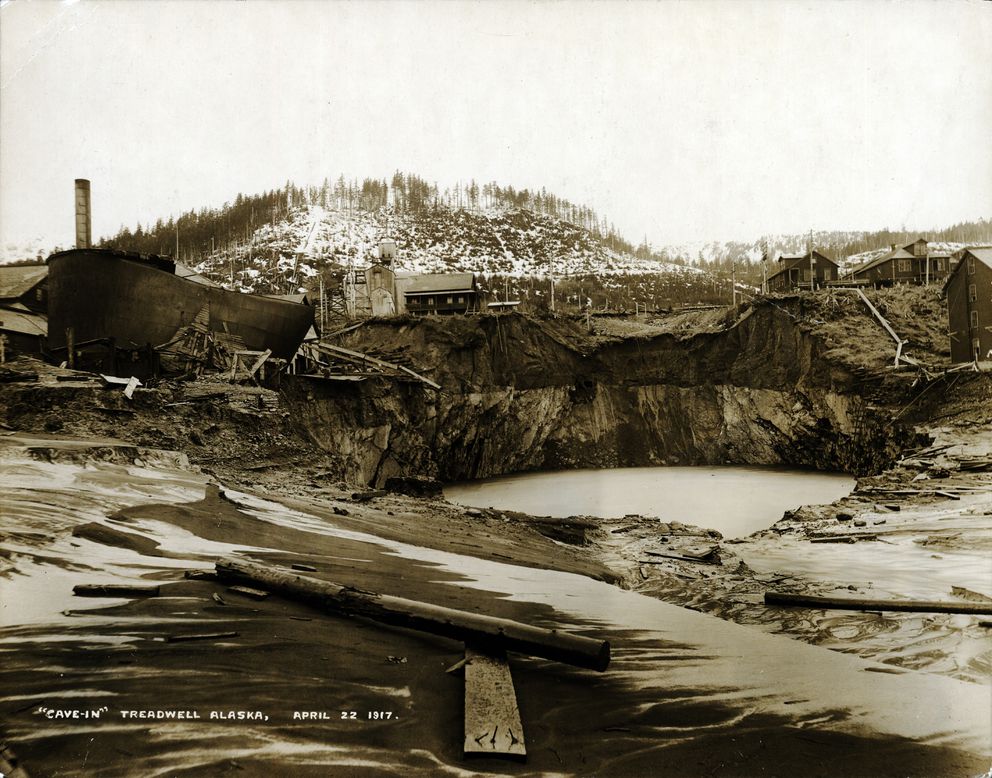

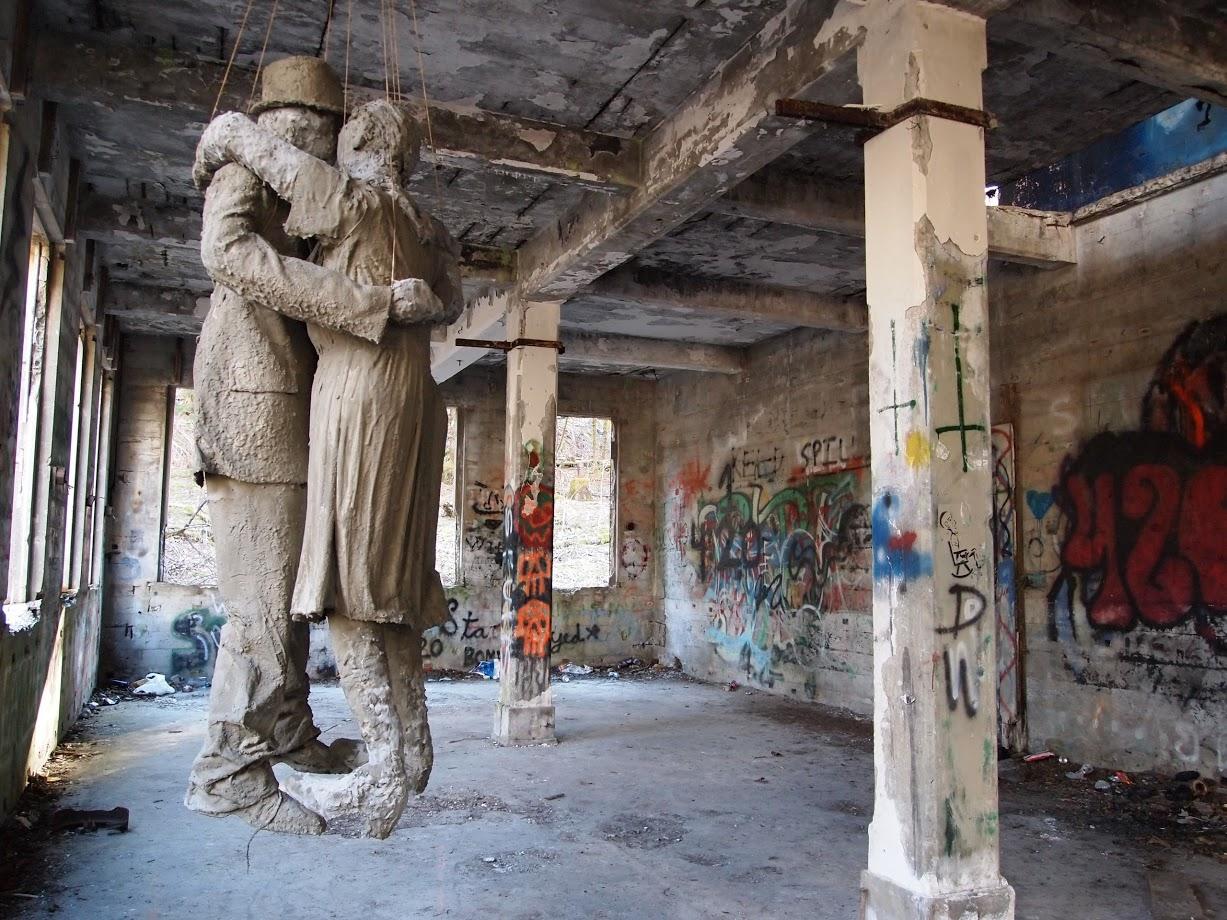


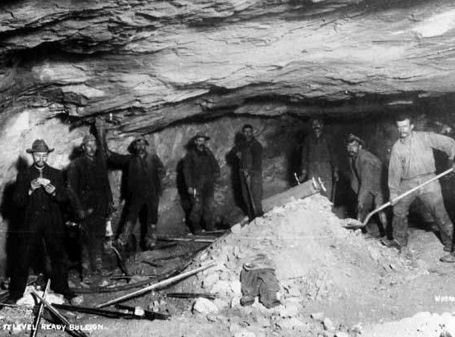




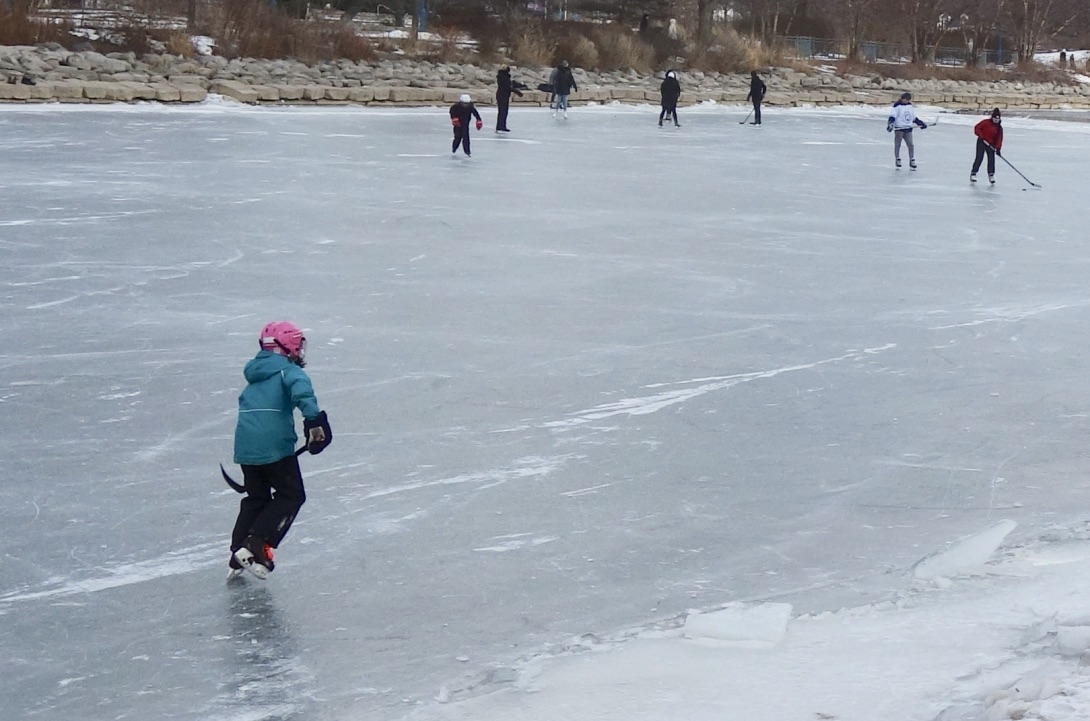
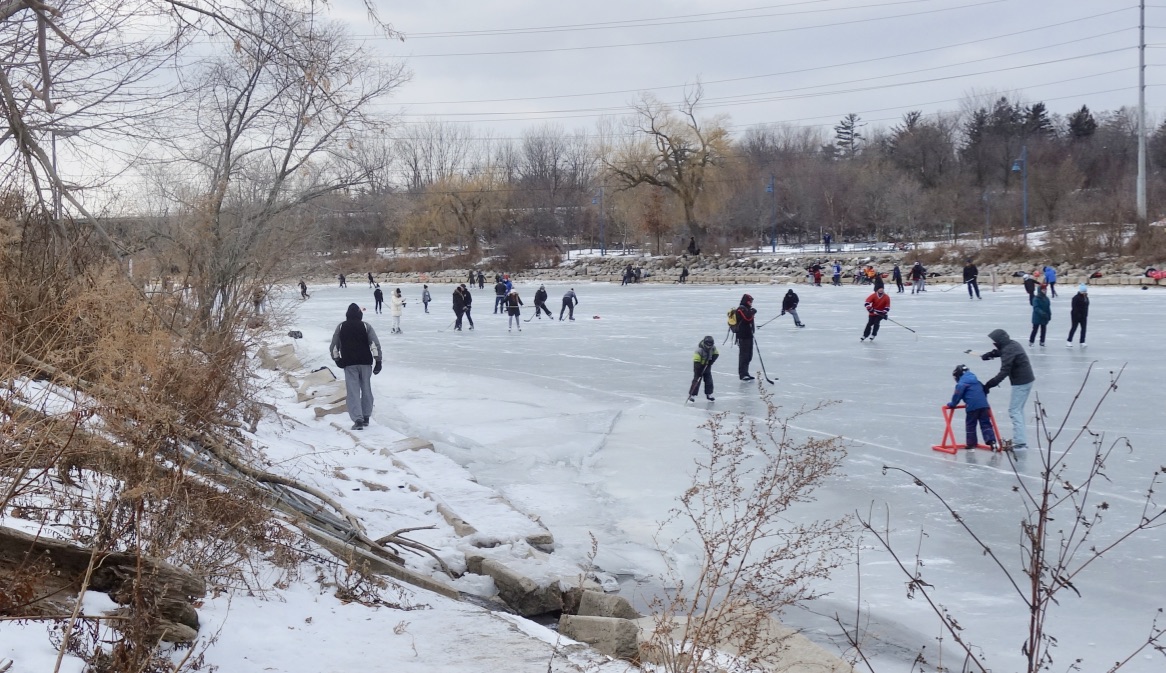
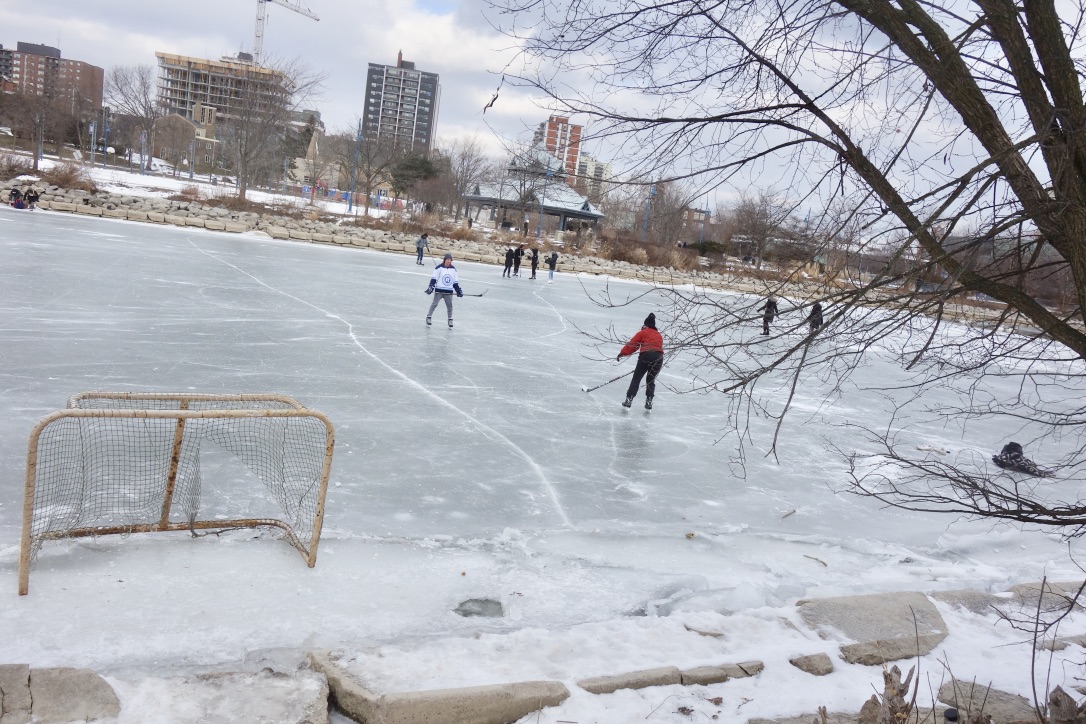





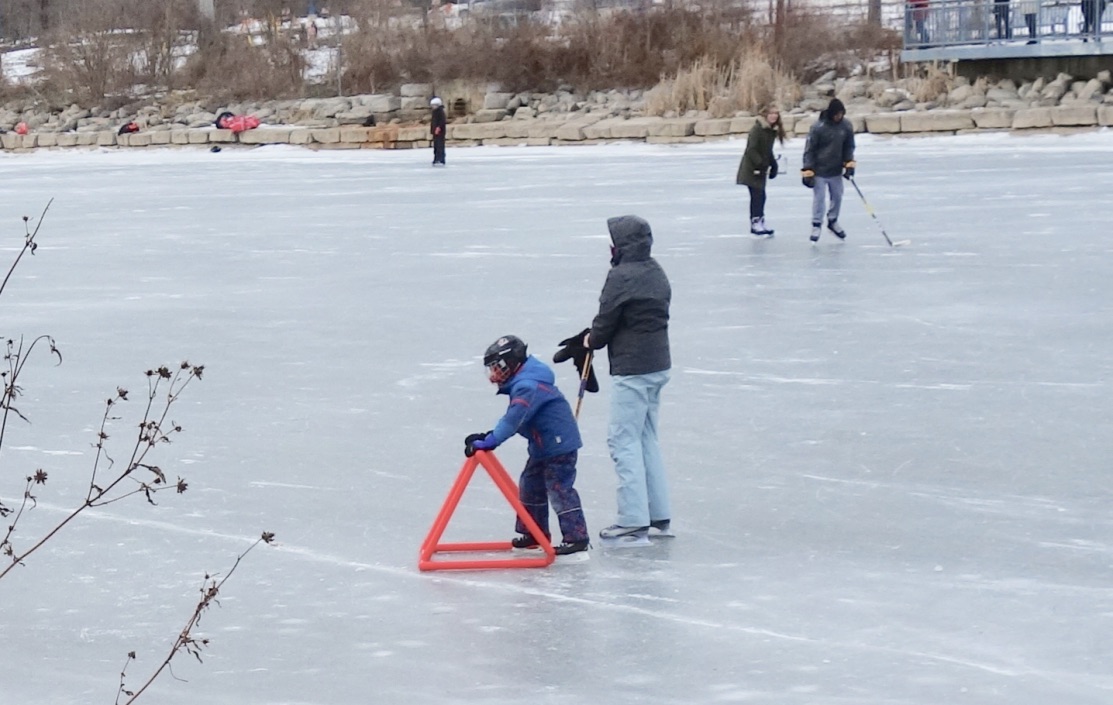
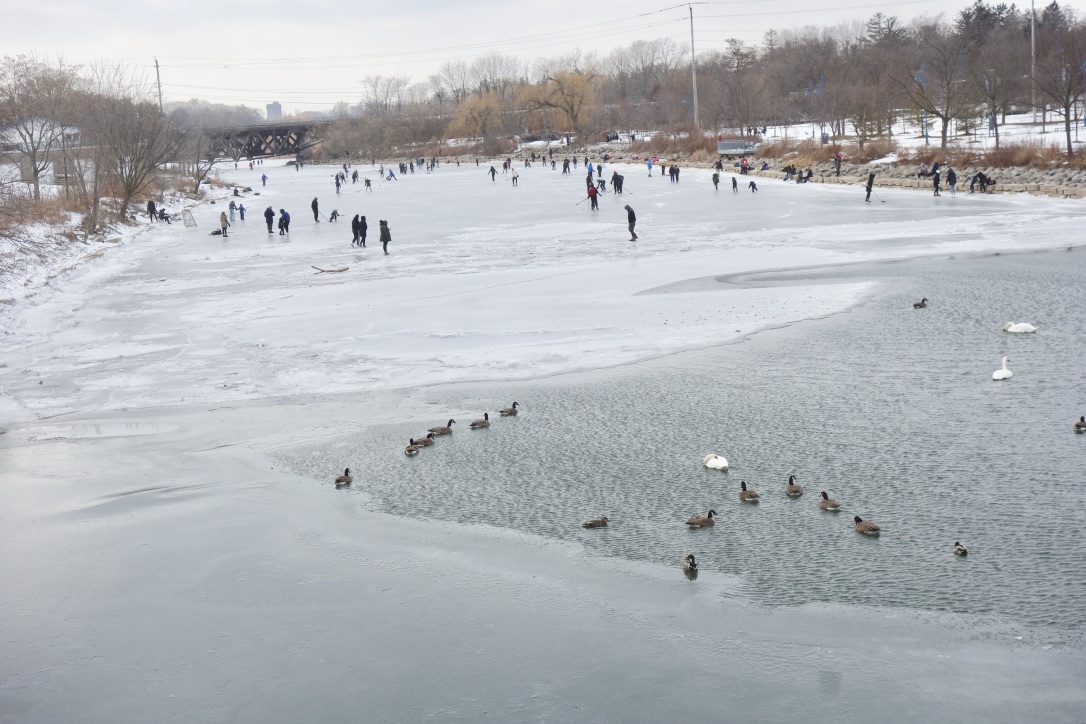



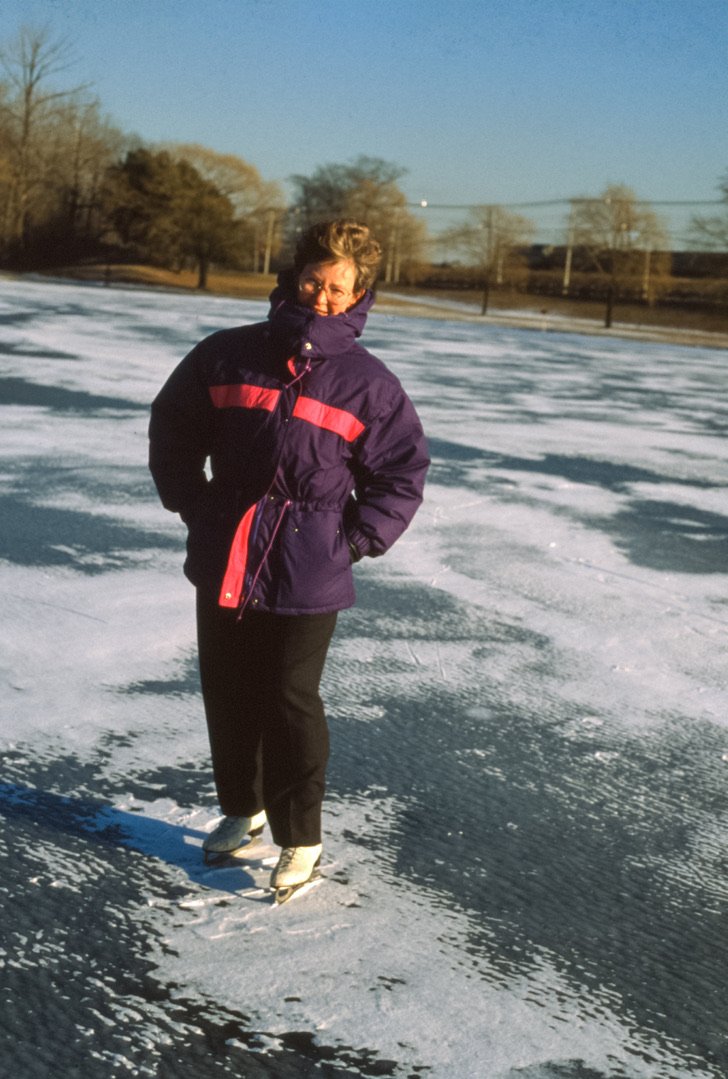
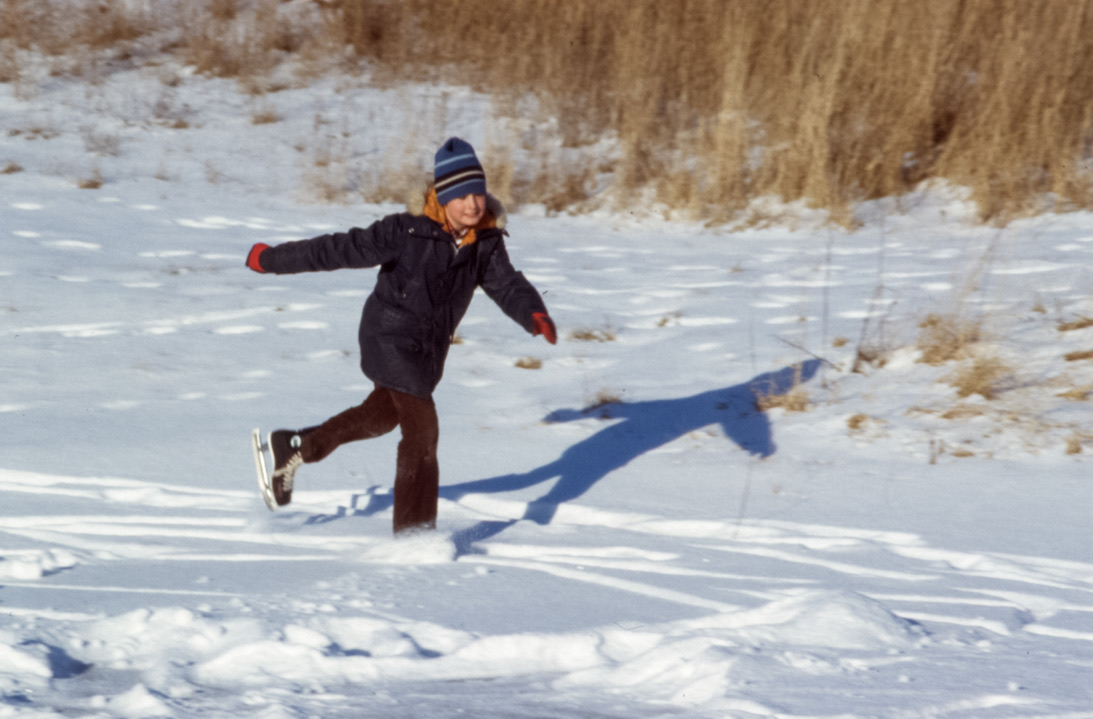
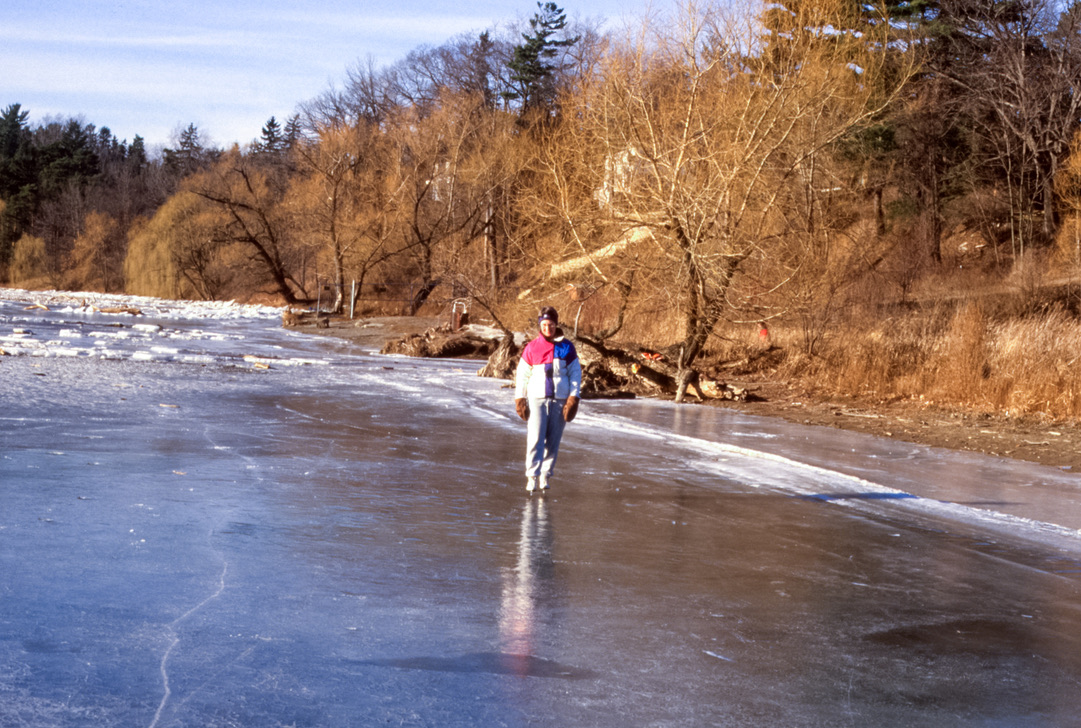
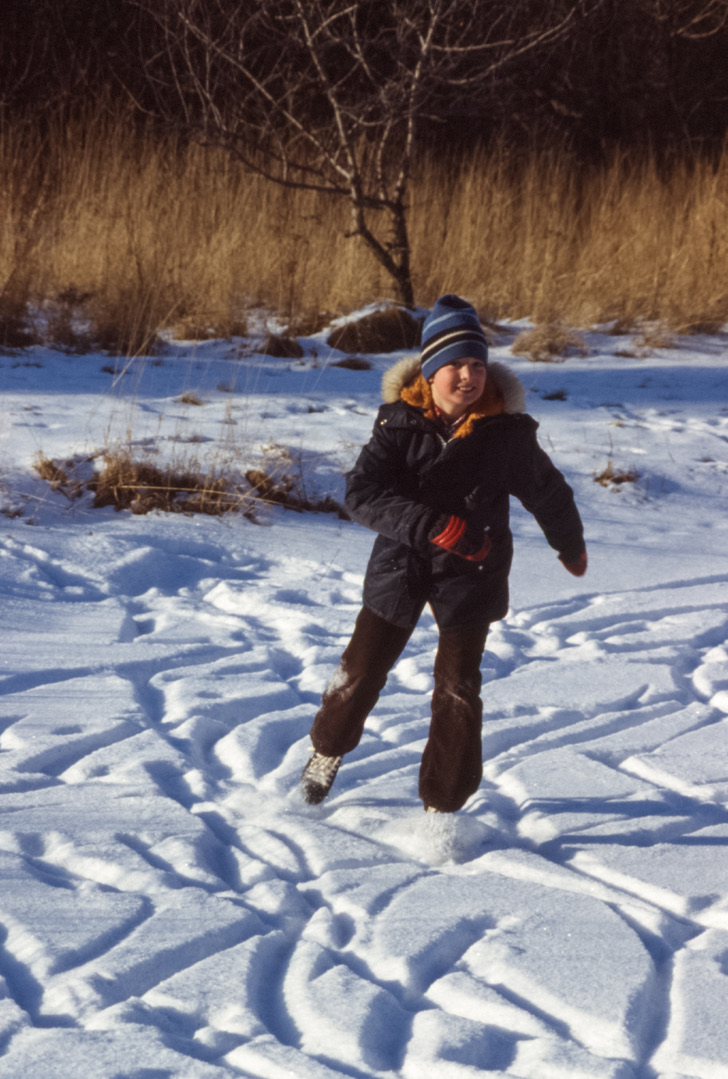


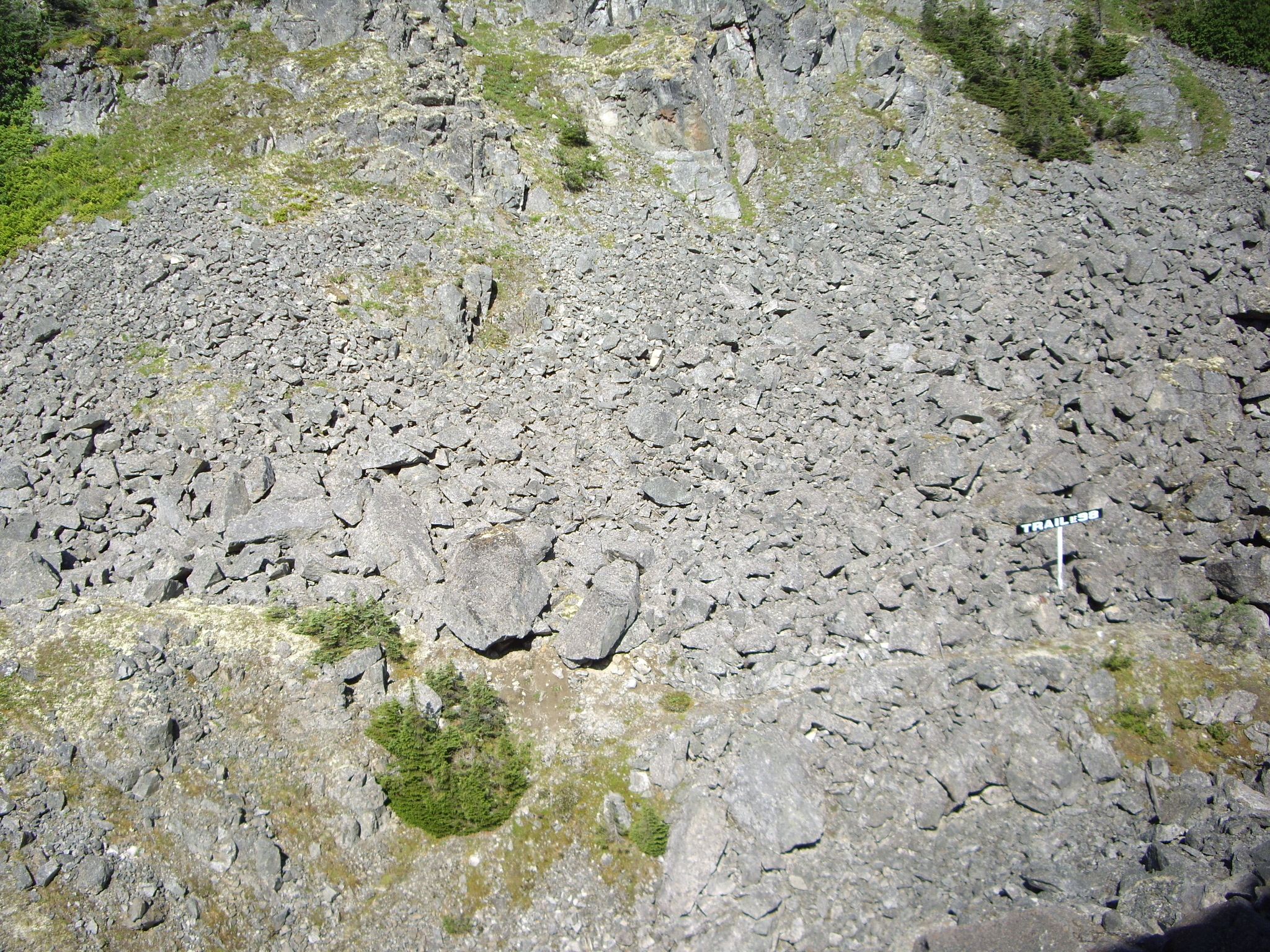
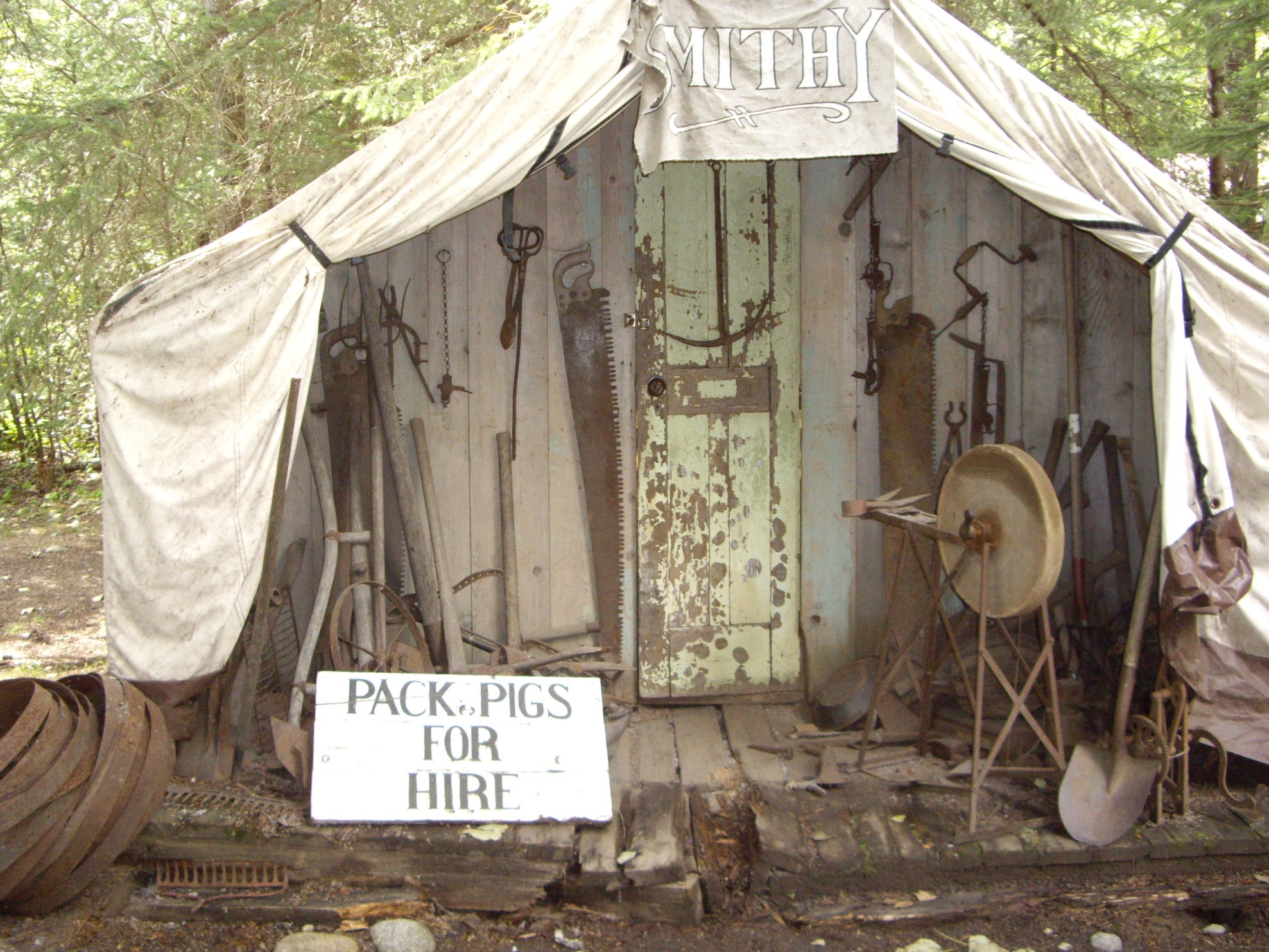
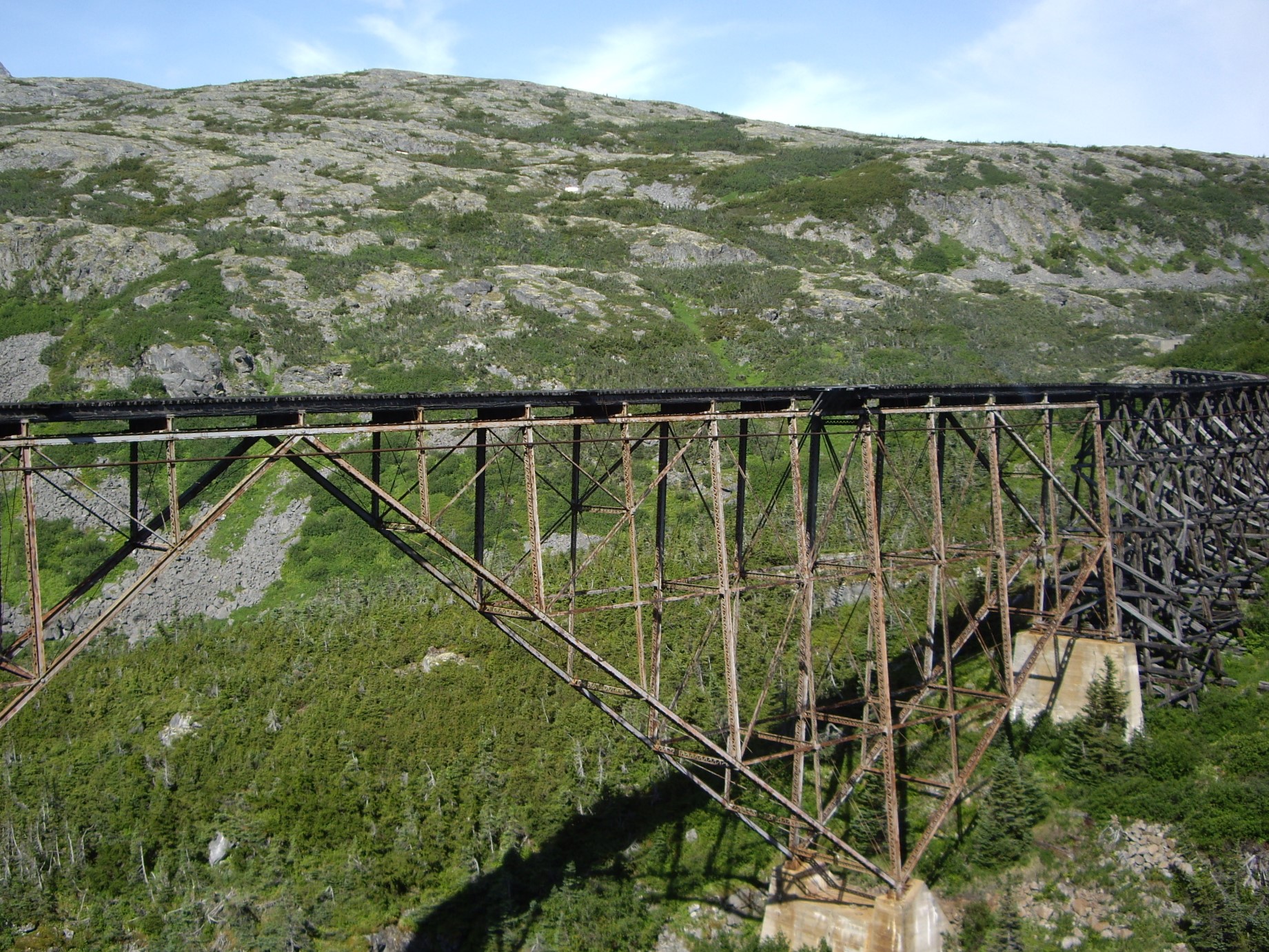
 taiken.co/uploads/2015/05/820px-Ainu_Woman_from_Japan_with_the_Department_of_Anthropology_at_the_1904_Worlds_Fair-481×600.jpg 481w, taiken.co/uploads/2015/05/820px-Ainu_Woman_from_Japan_with_the_Department_of_Anthropology_at_the_1904_Worlds_Fair-321×400.jpg 321w” sizes=”(max-width: 820px) 100vw, 820px” apple-inline=”yes” id=”D0E17B72-A89E-452B-B7F9-7CA3A5DD1A9F” src=”http://alanskeoch.ca/wp-content/uploads/2021/02/820px-Ainu_Woman_from_Japan_with_the_Department_of_Anthropology_at_the_1904_Worlds_Fair.jpg”>
taiken.co/uploads/2015/05/820px-Ainu_Woman_from_Japan_with_the_Department_of_Anthropology_at_the_1904_Worlds_Fair-481×600.jpg 481w, taiken.co/uploads/2015/05/820px-Ainu_Woman_from_Japan_with_the_Department_of_Anthropology_at_the_1904_Worlds_Fair-321×400.jpg 321w” sizes=”(max-width: 820px) 100vw, 820px” apple-inline=”yes” id=”D0E17B72-A89E-452B-B7F9-7CA3A5DD1A9F” src=”http://alanskeoch.ca/wp-content/uploads/2021/02/820px-Ainu_Woman_from_Japan_with_the_Department_of_Anthropology_at_the_1904_Worlds_Fair.jpg”>